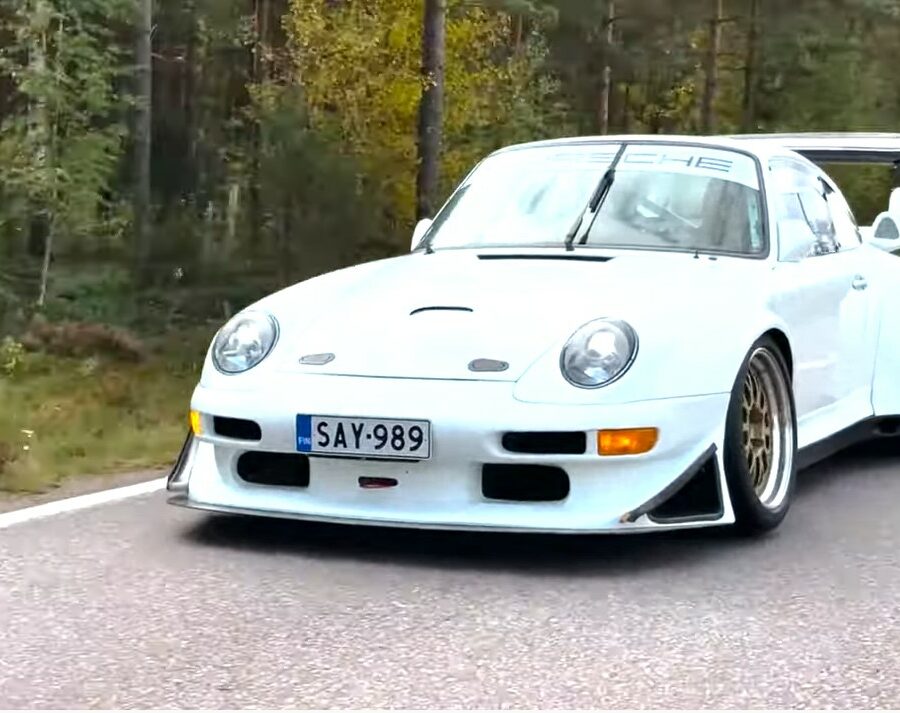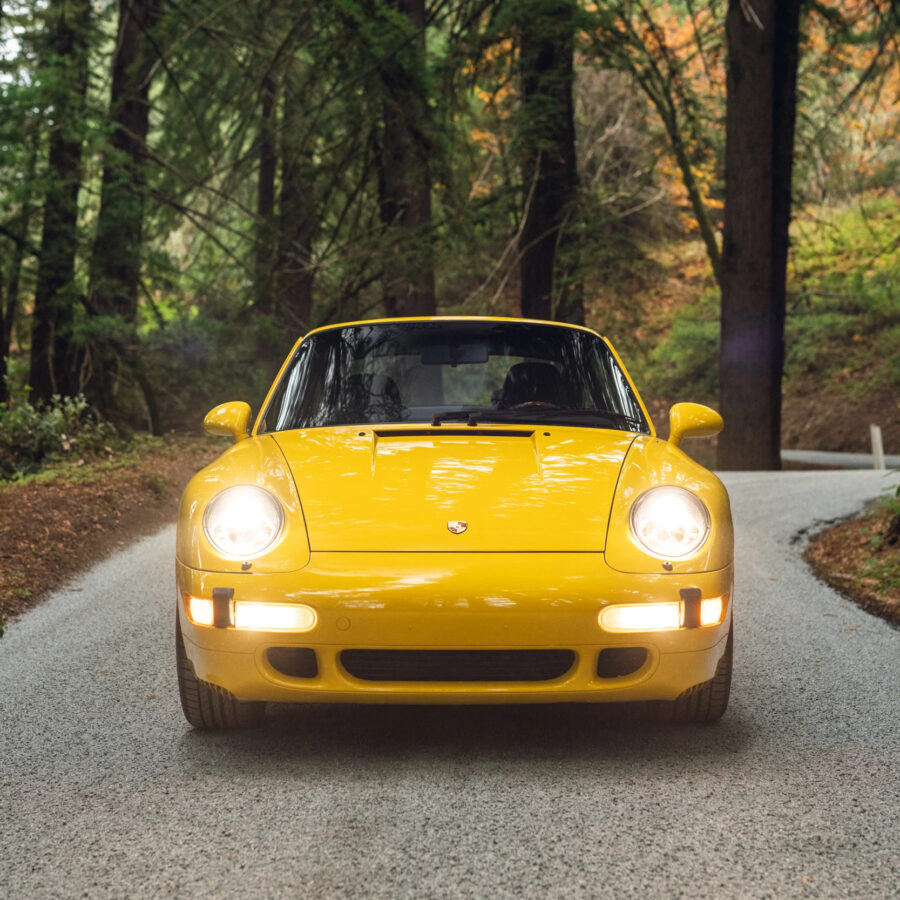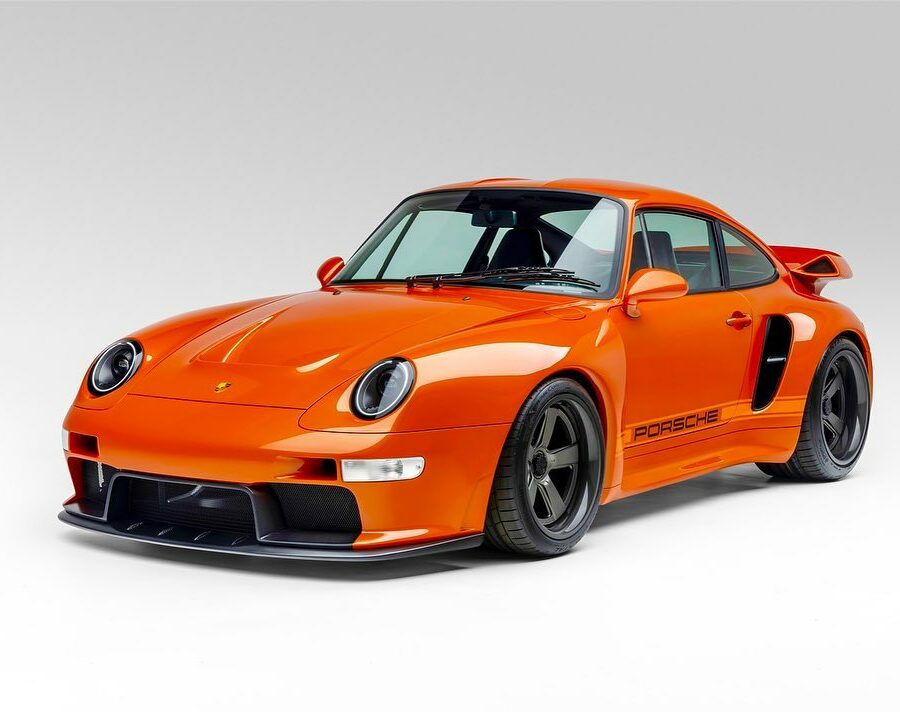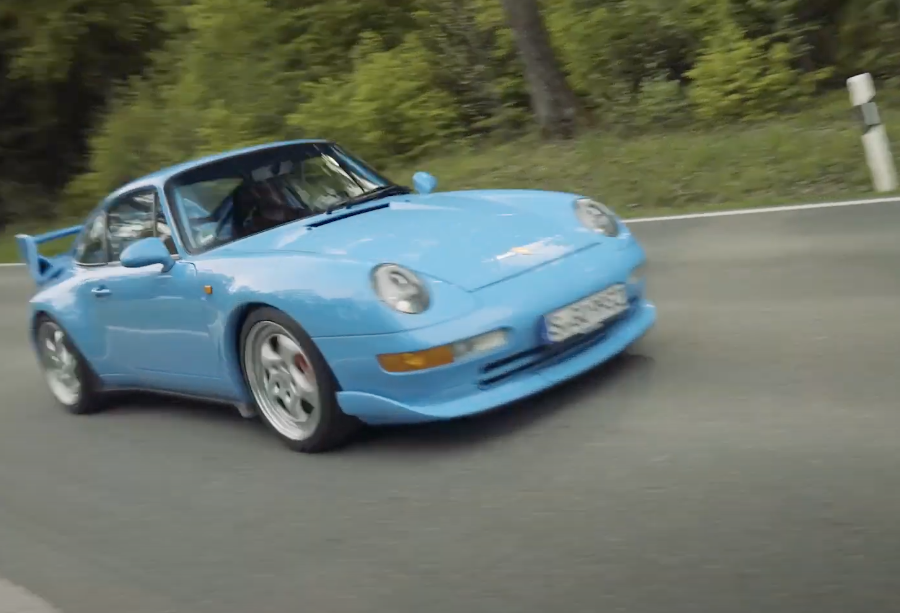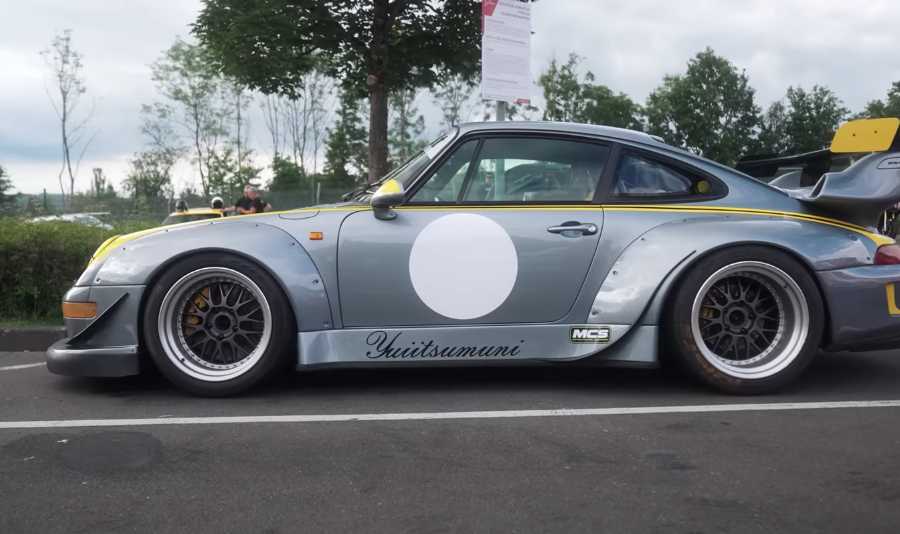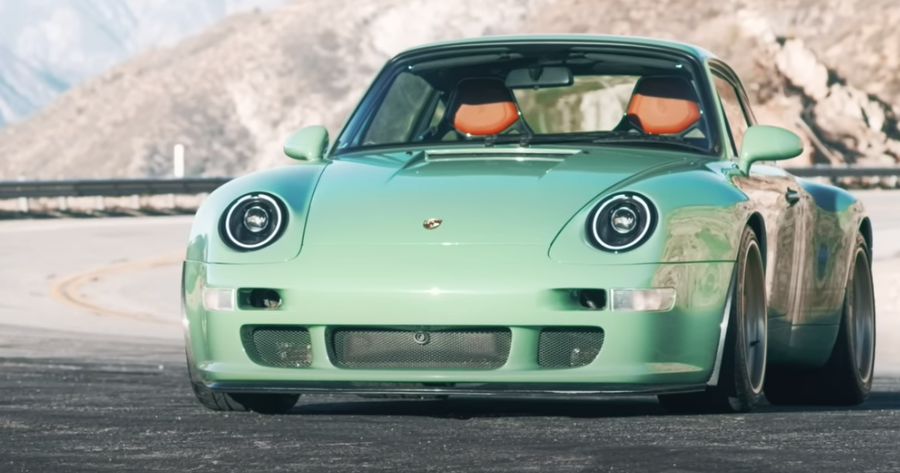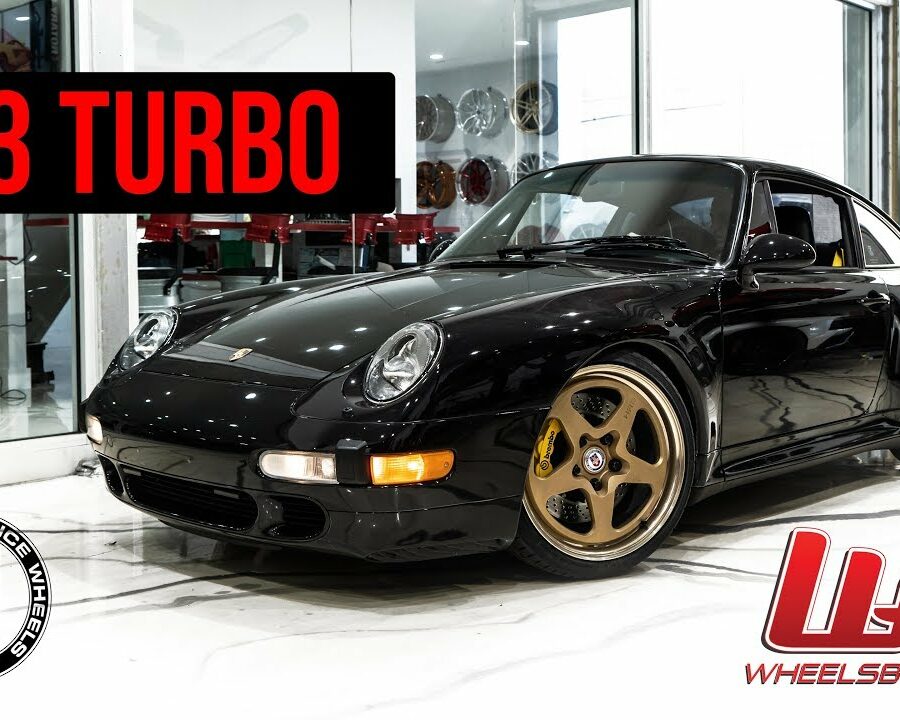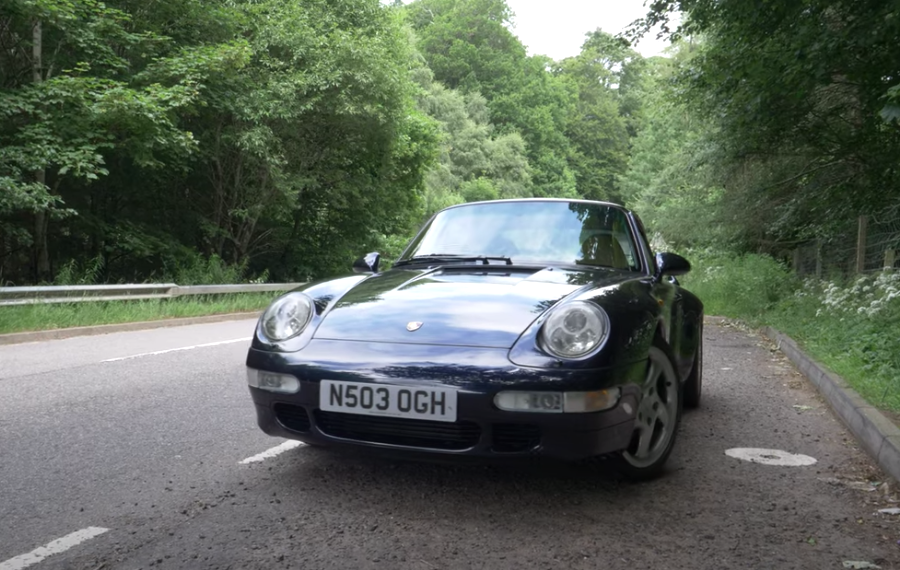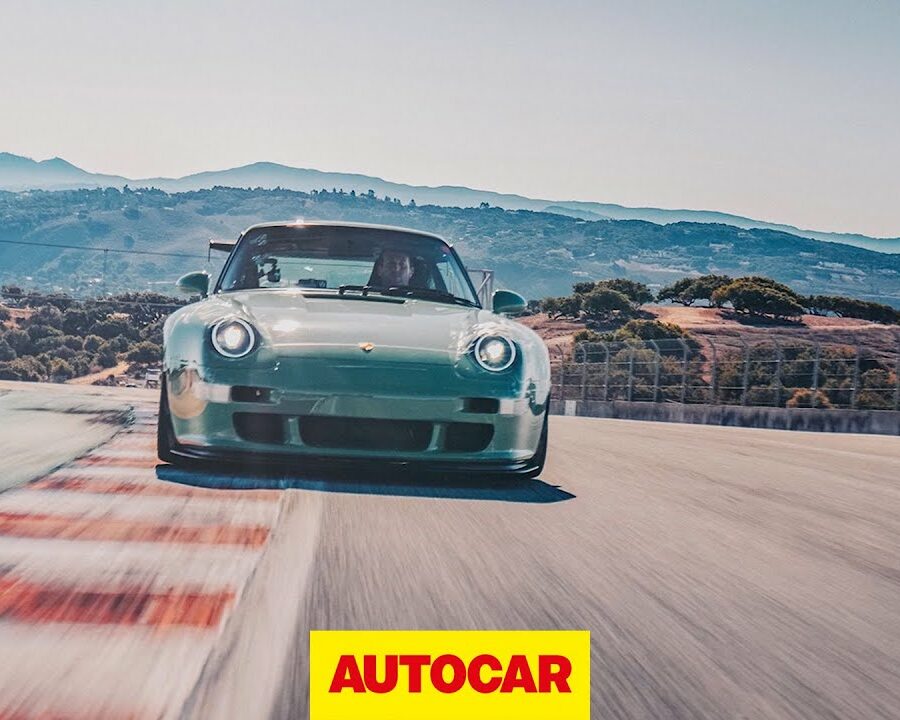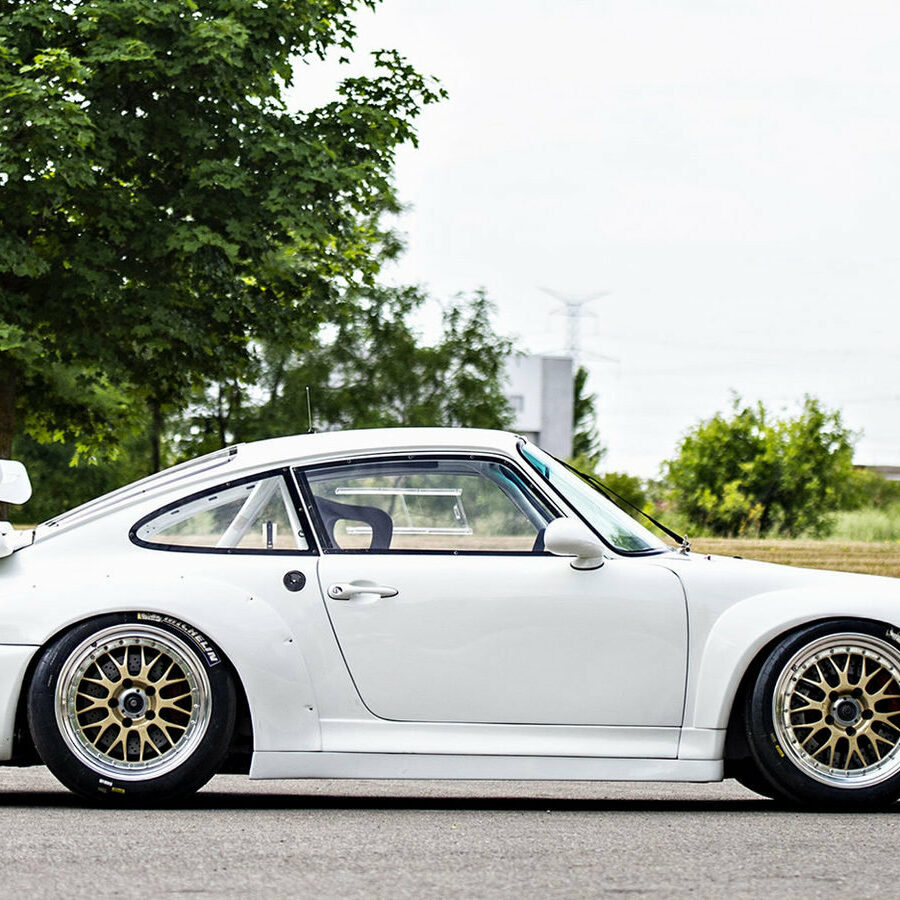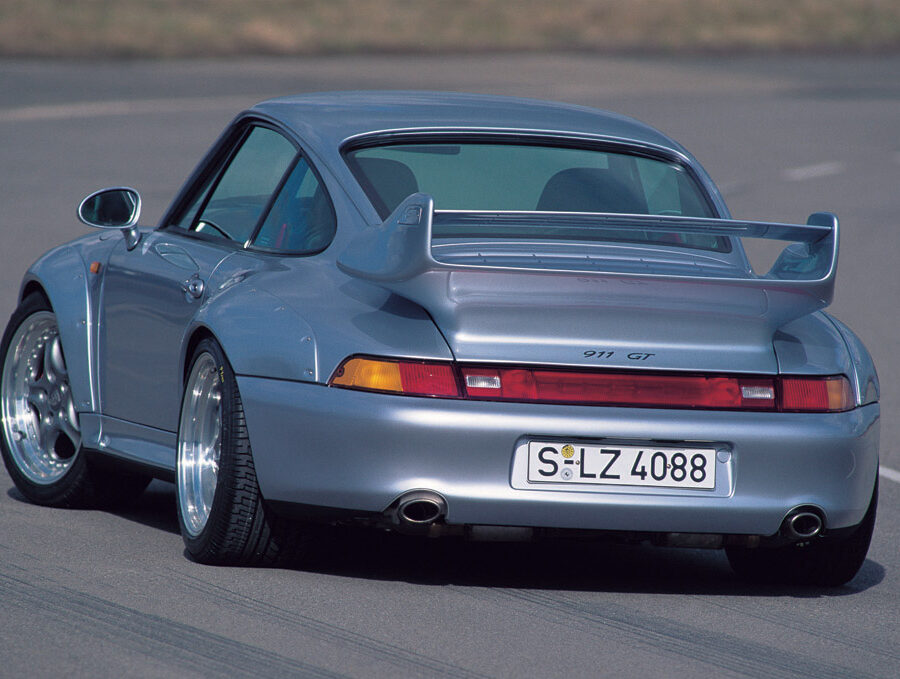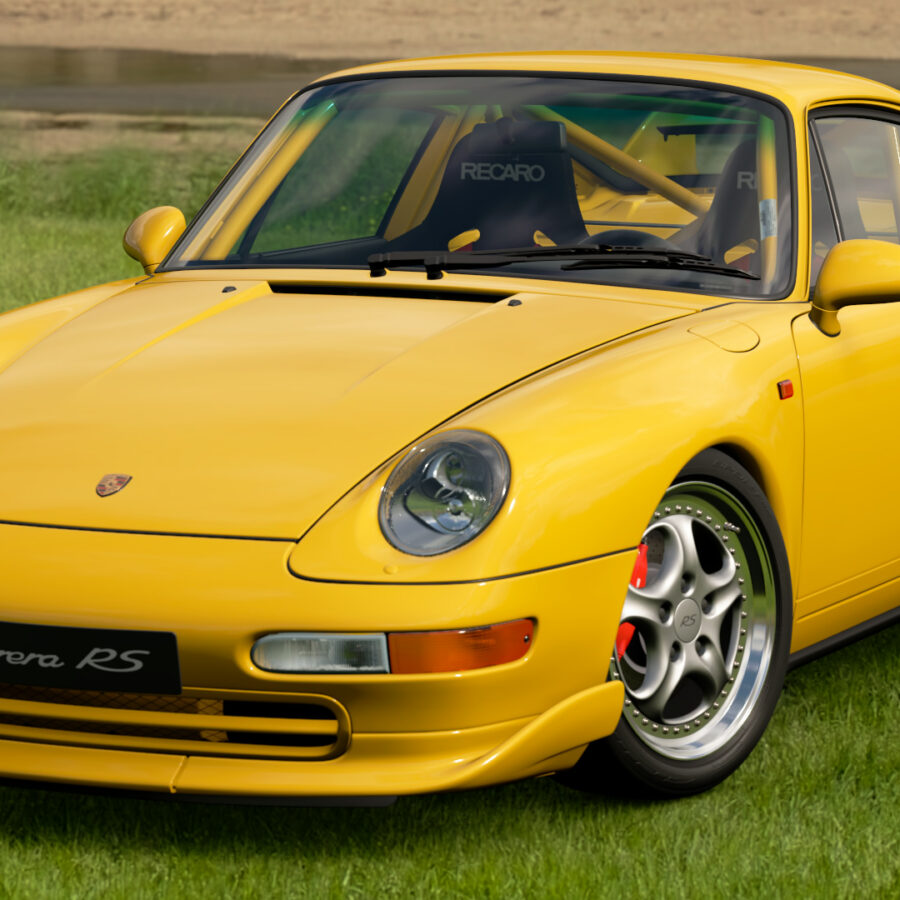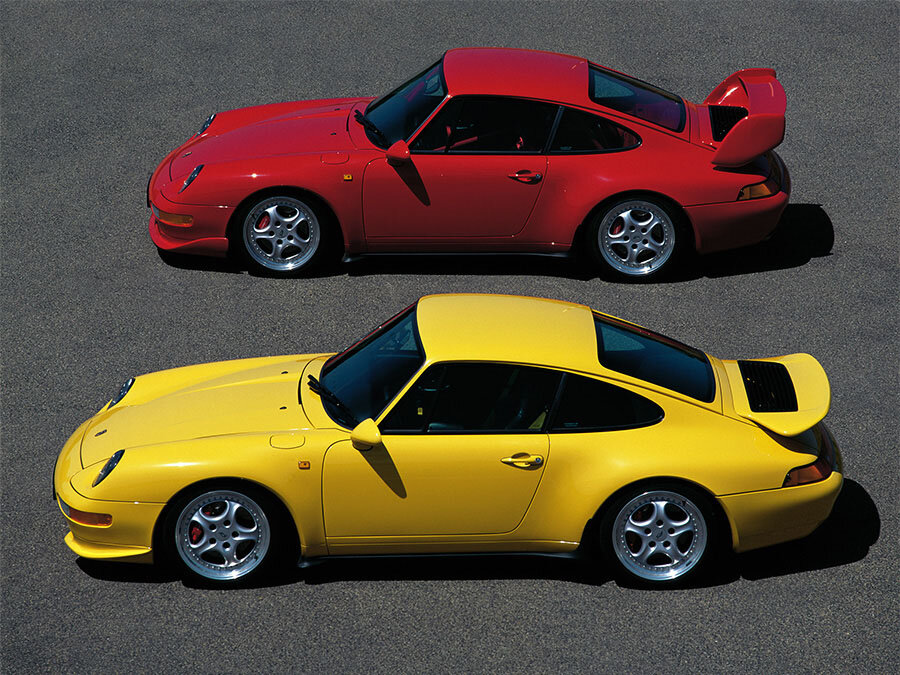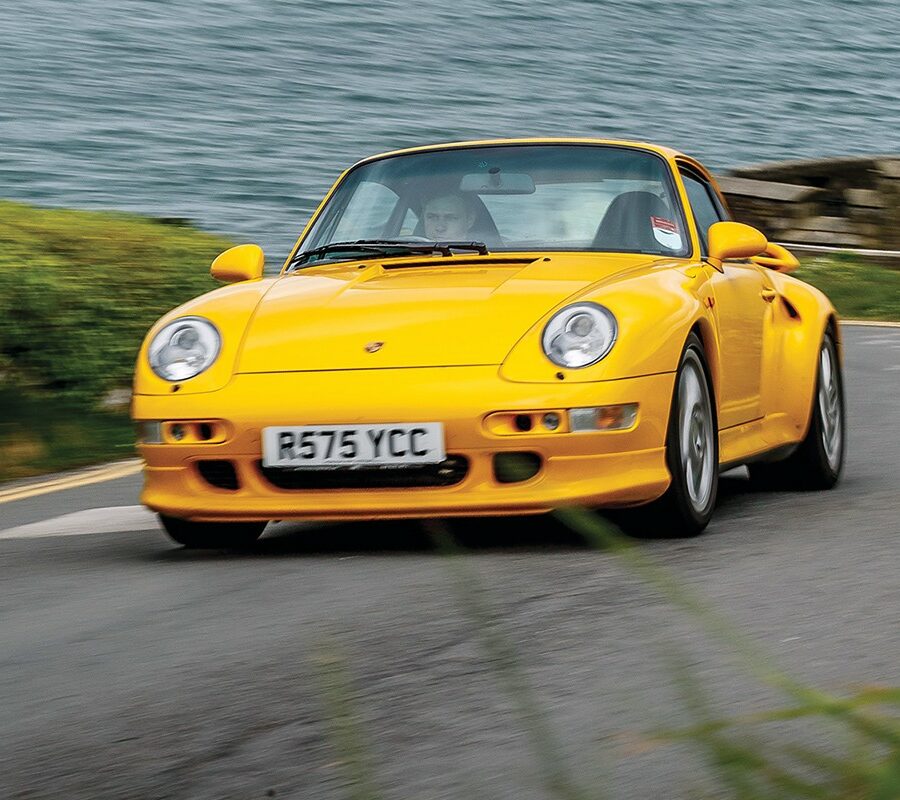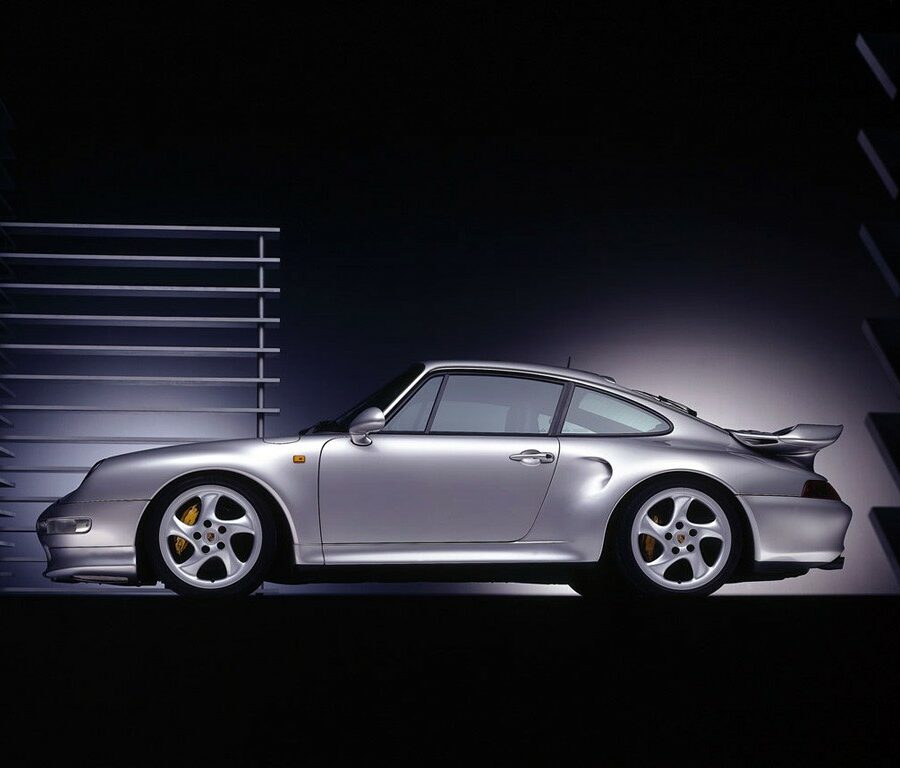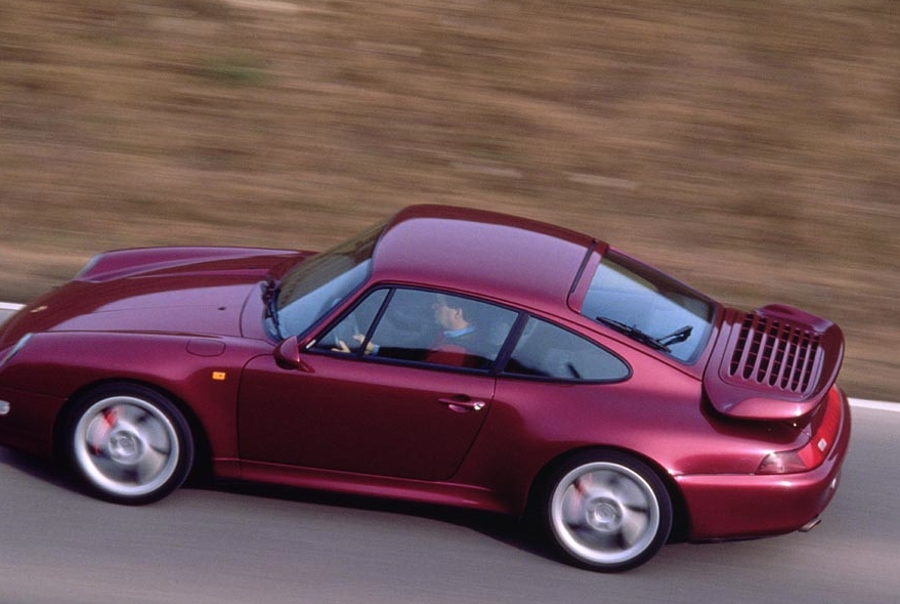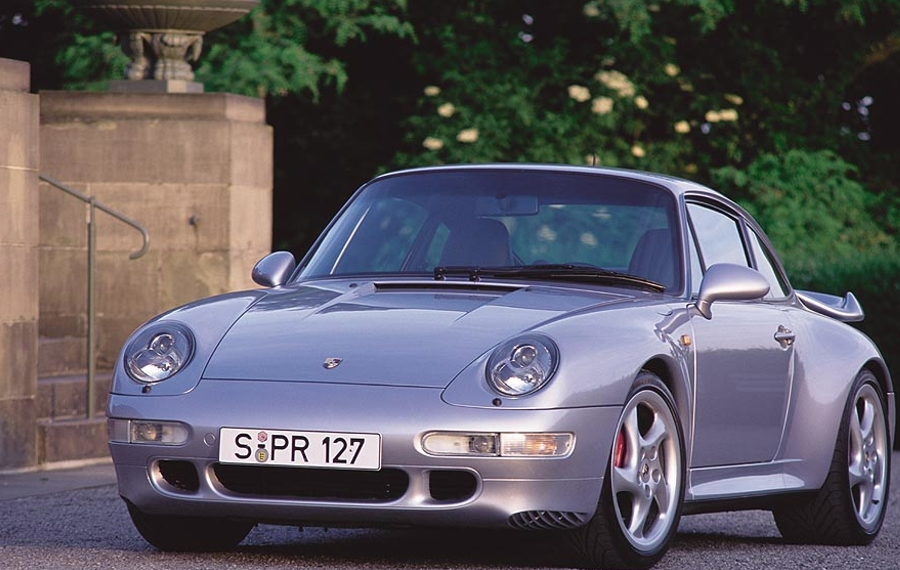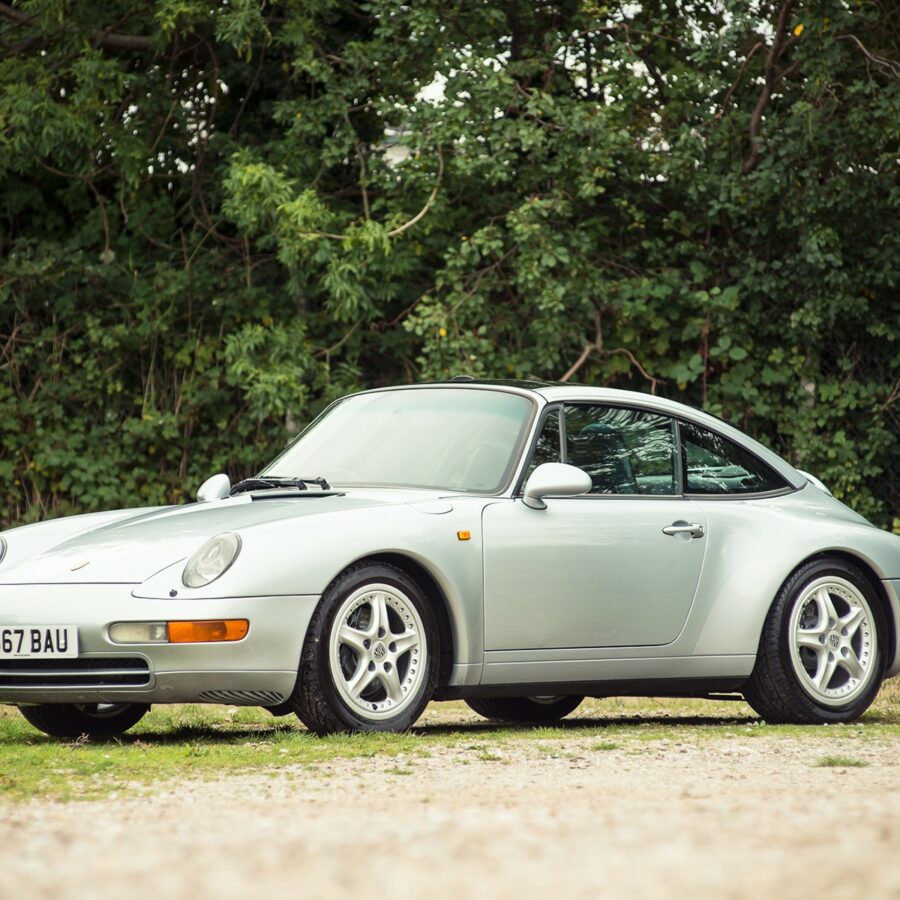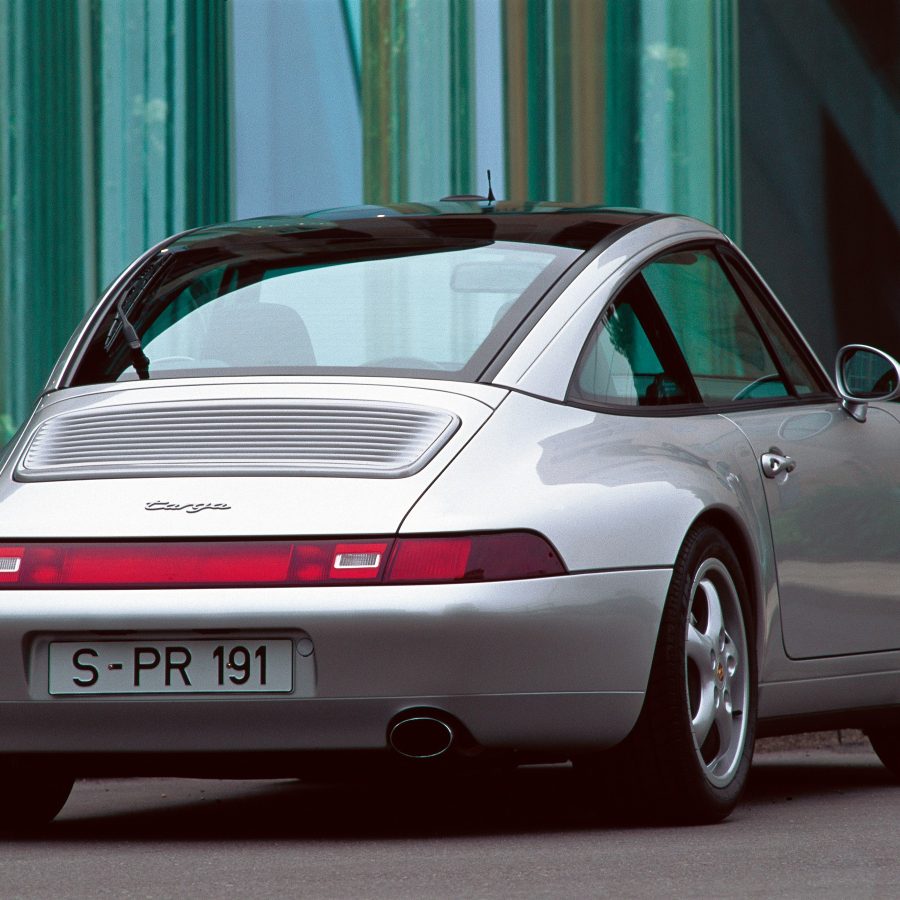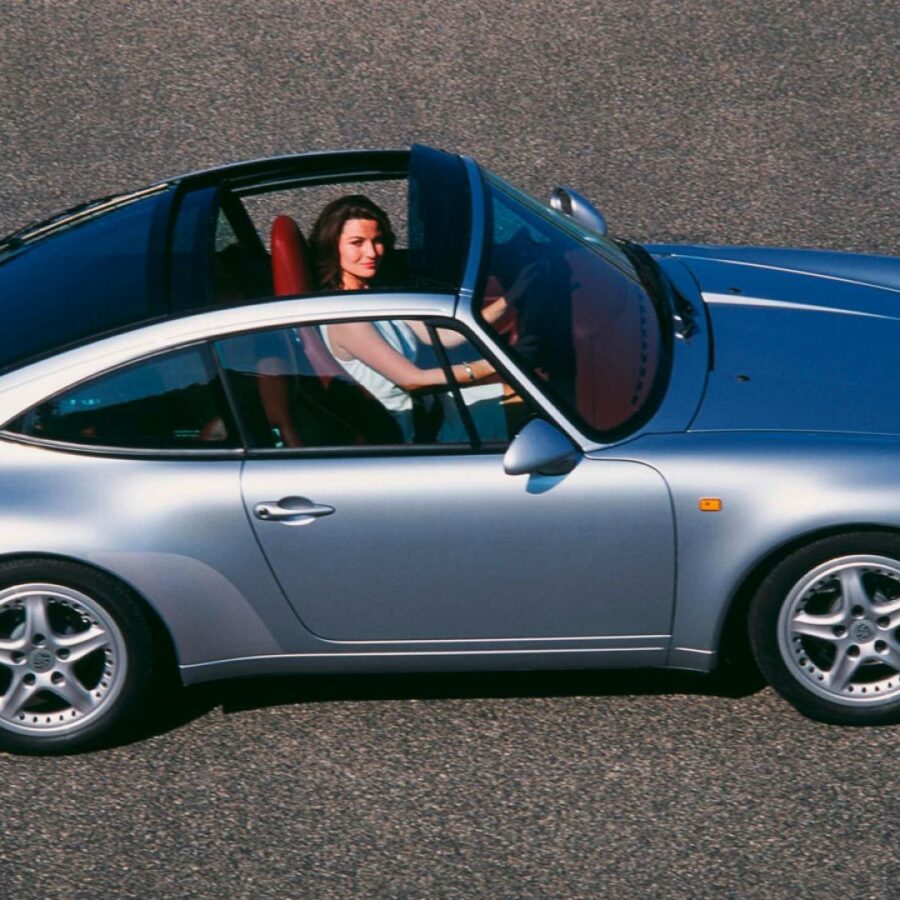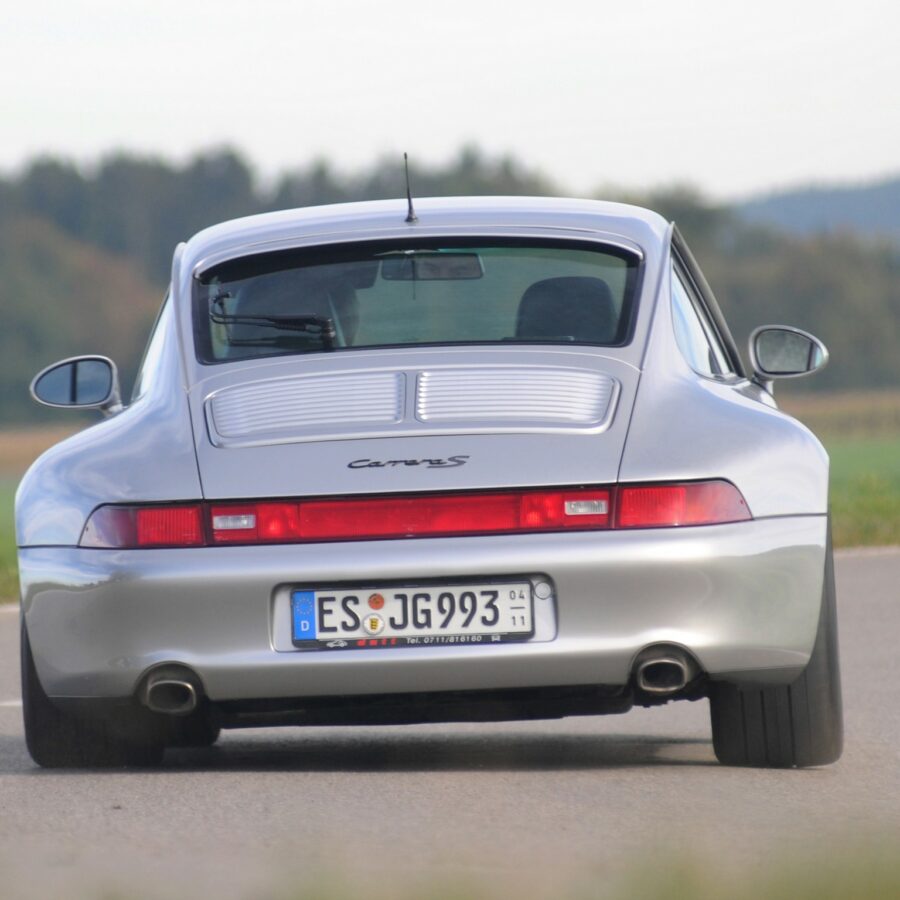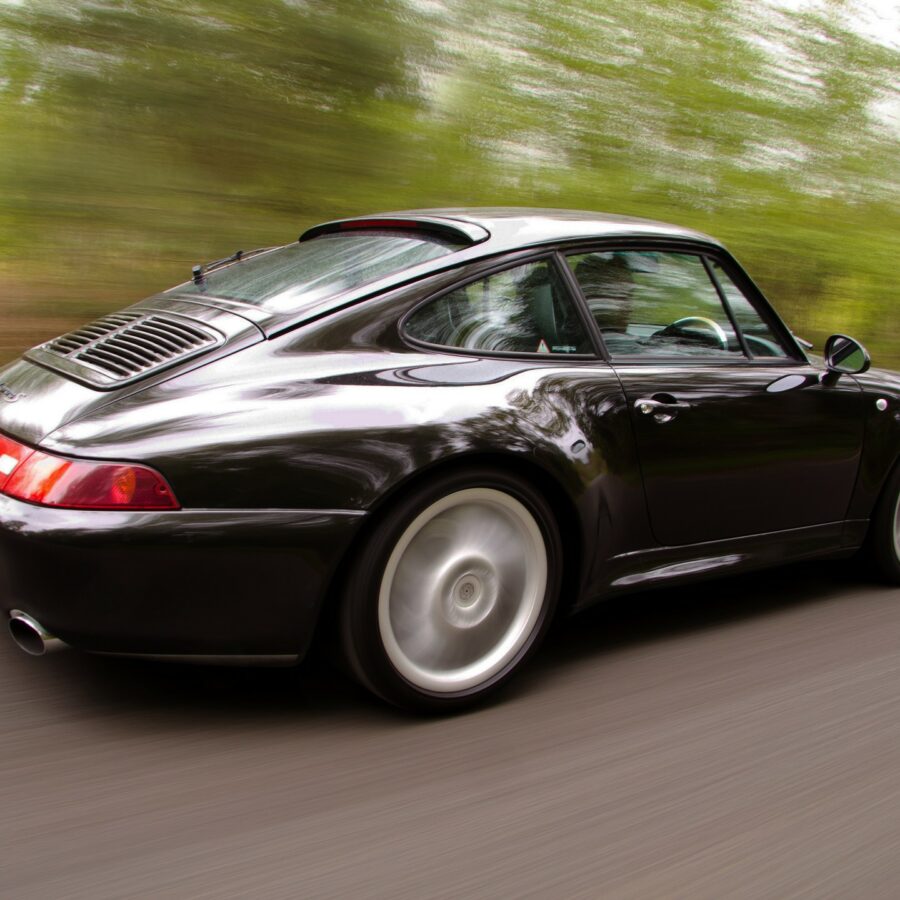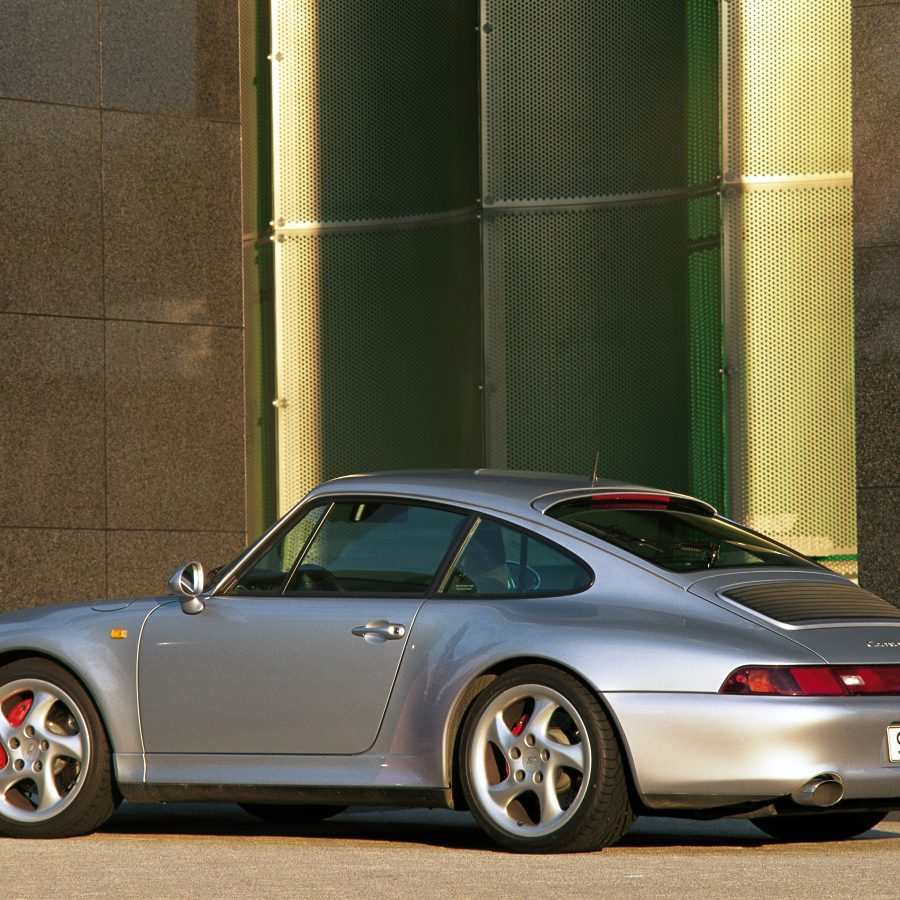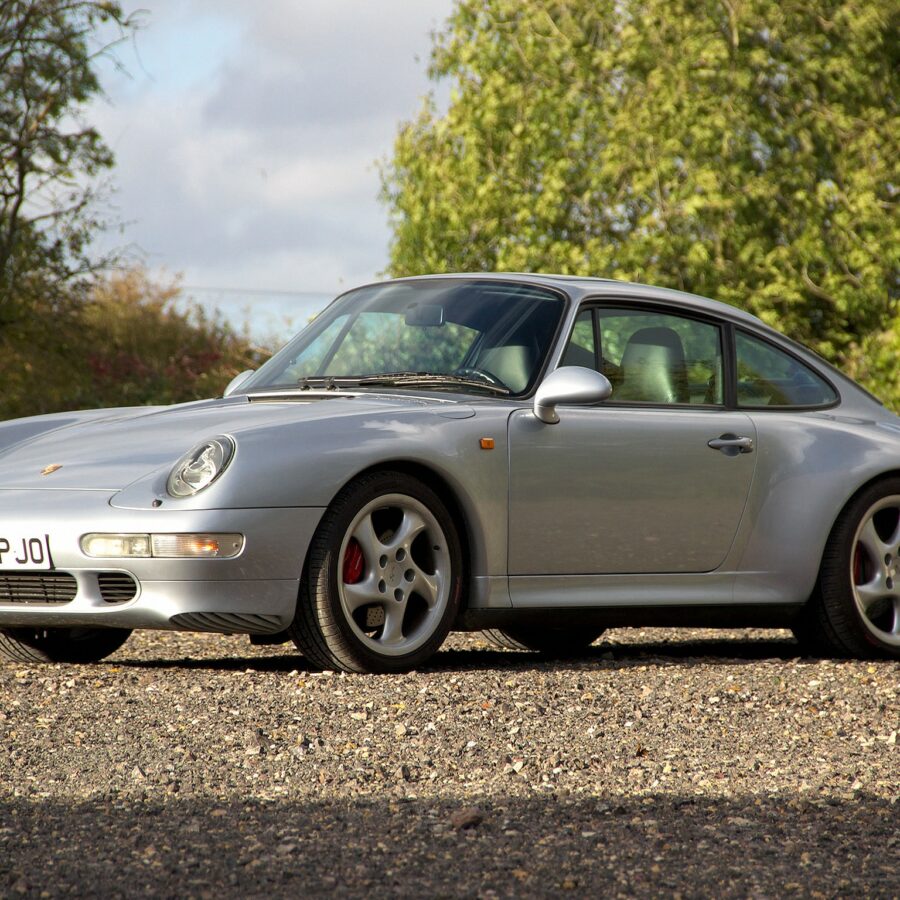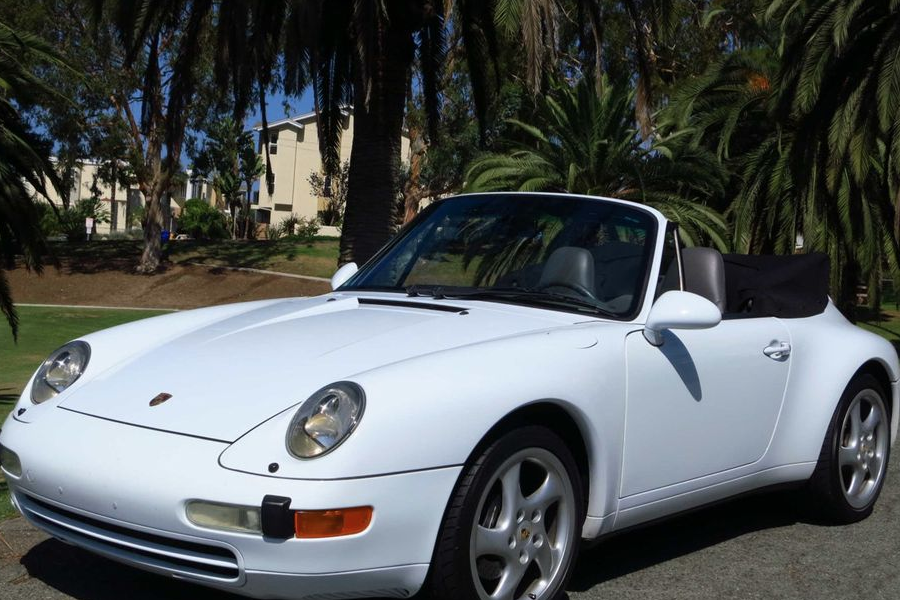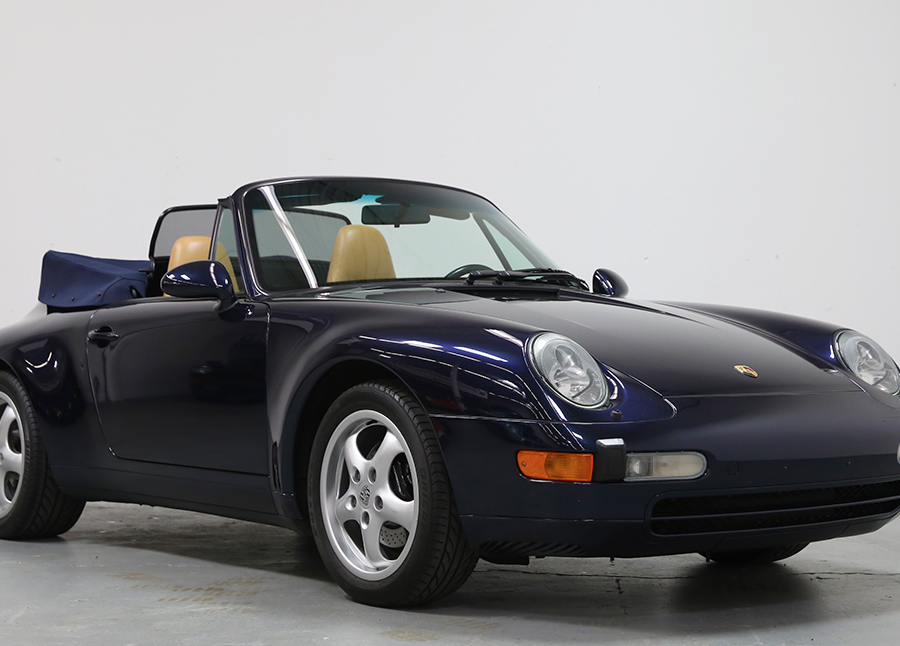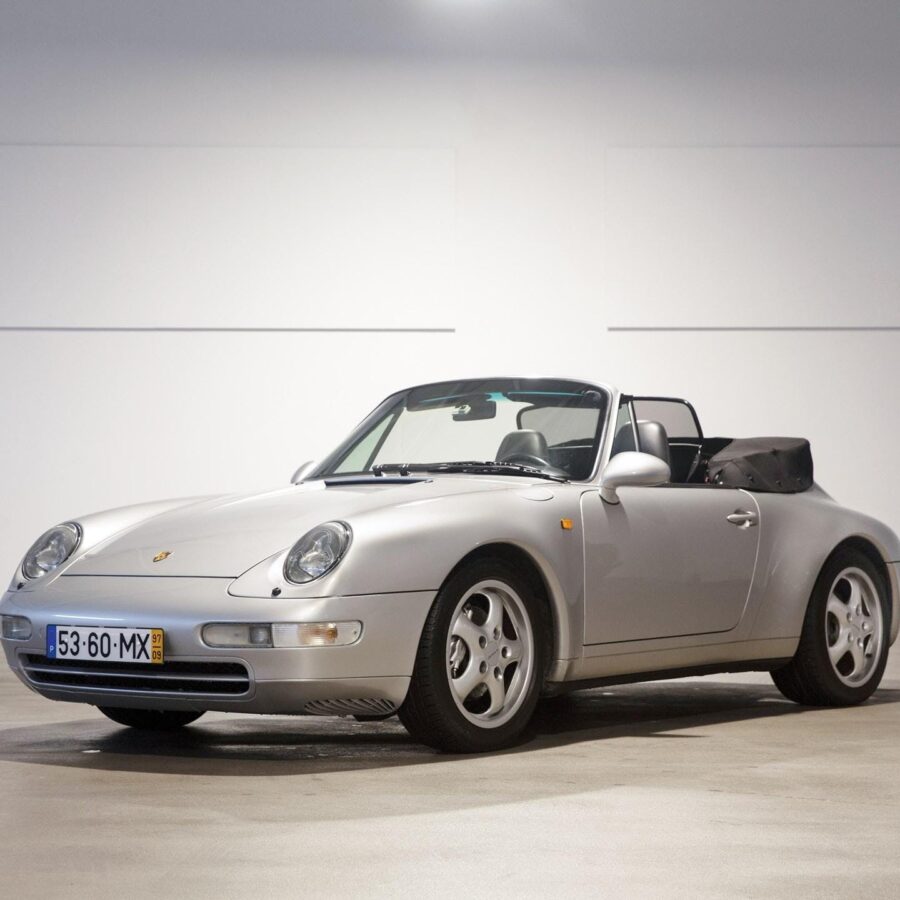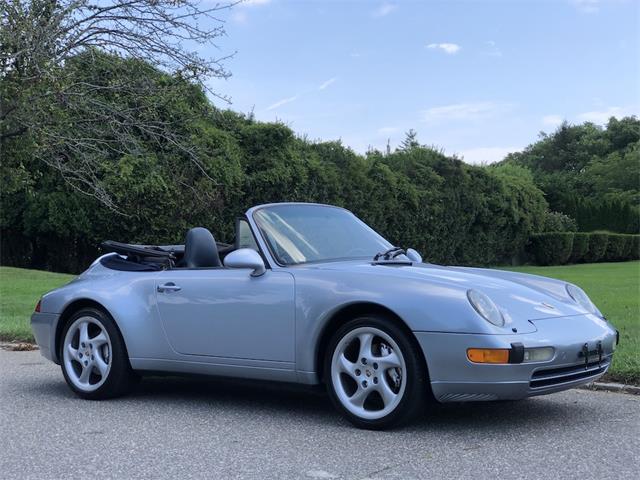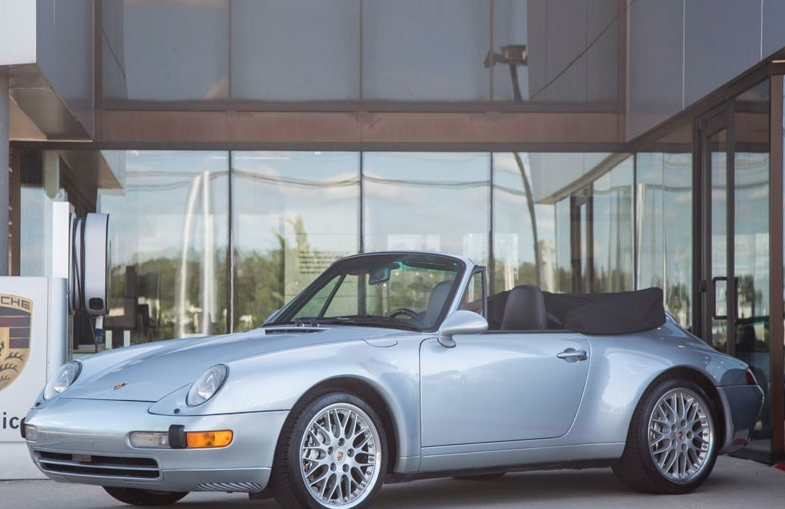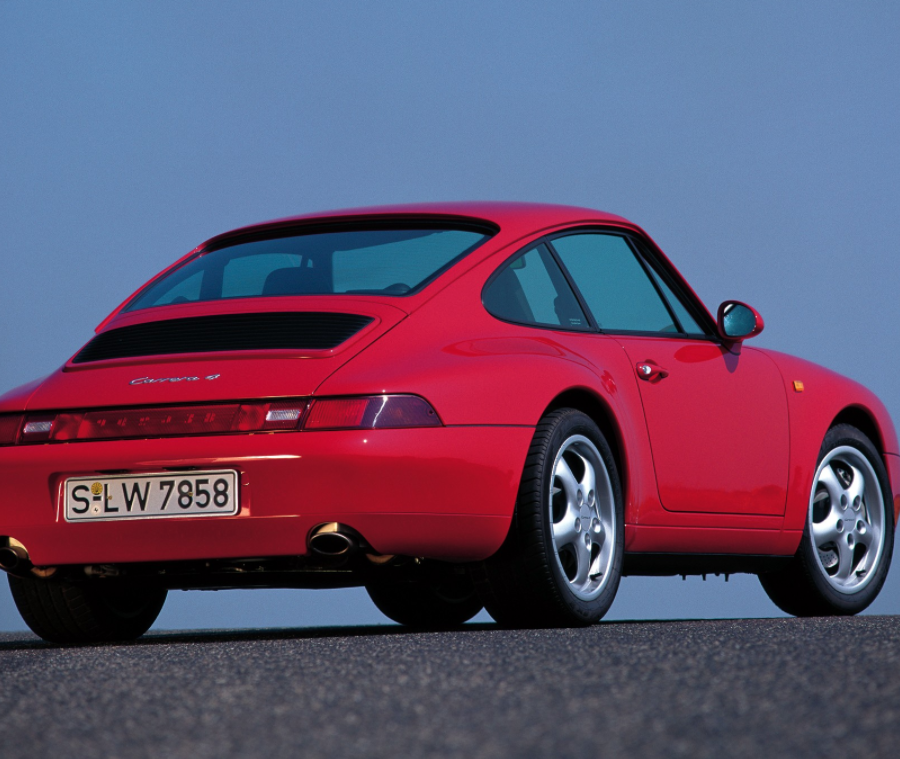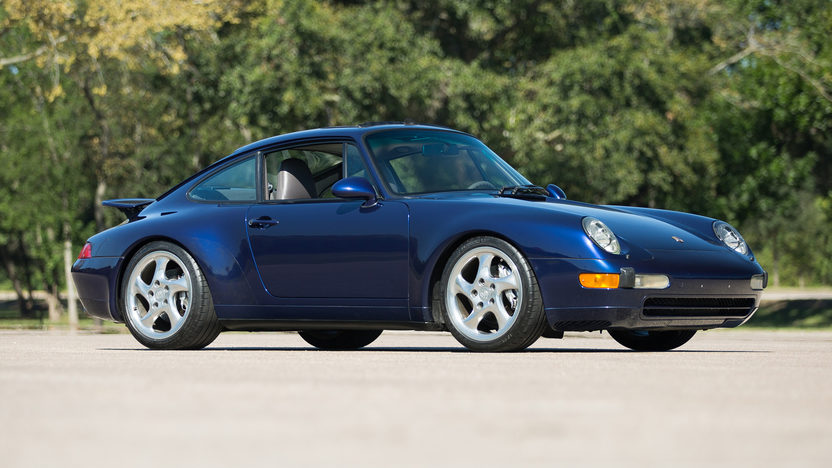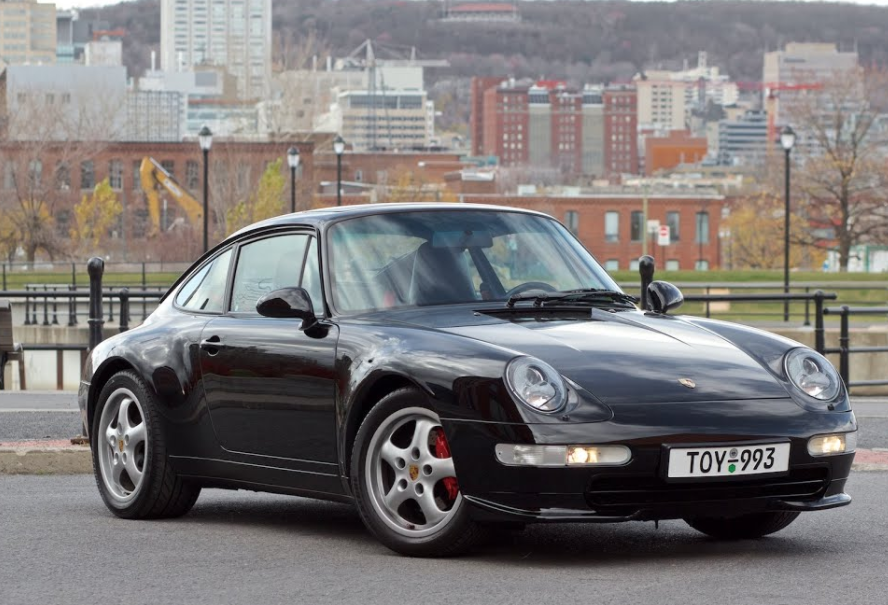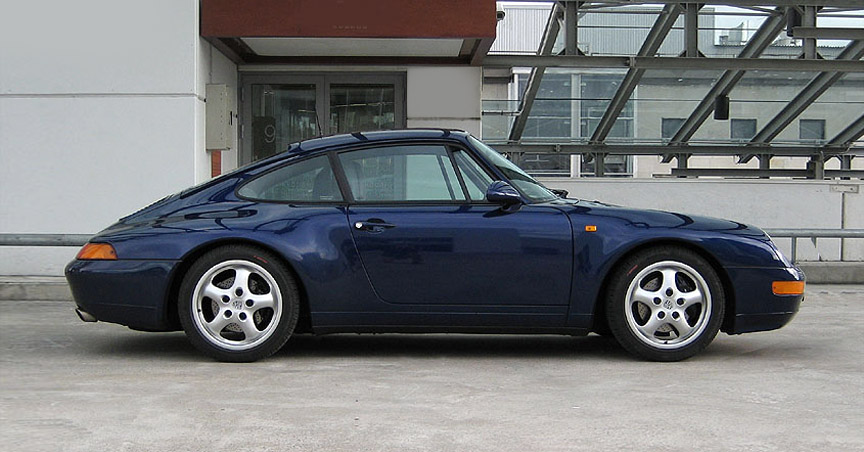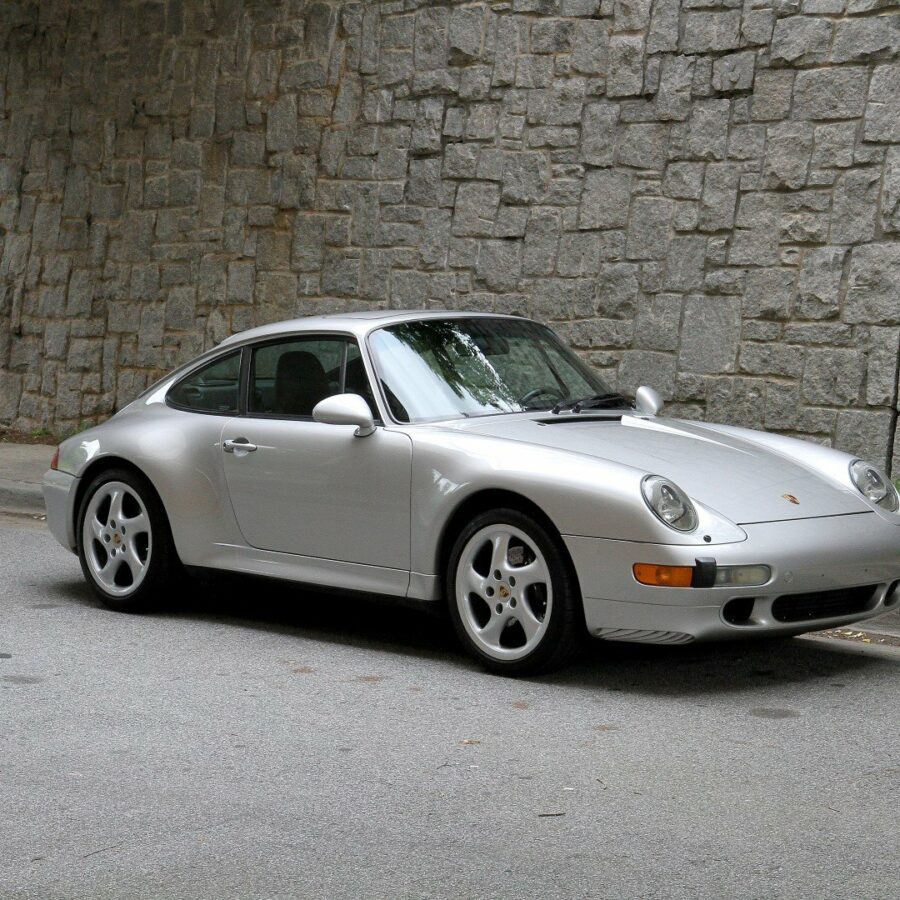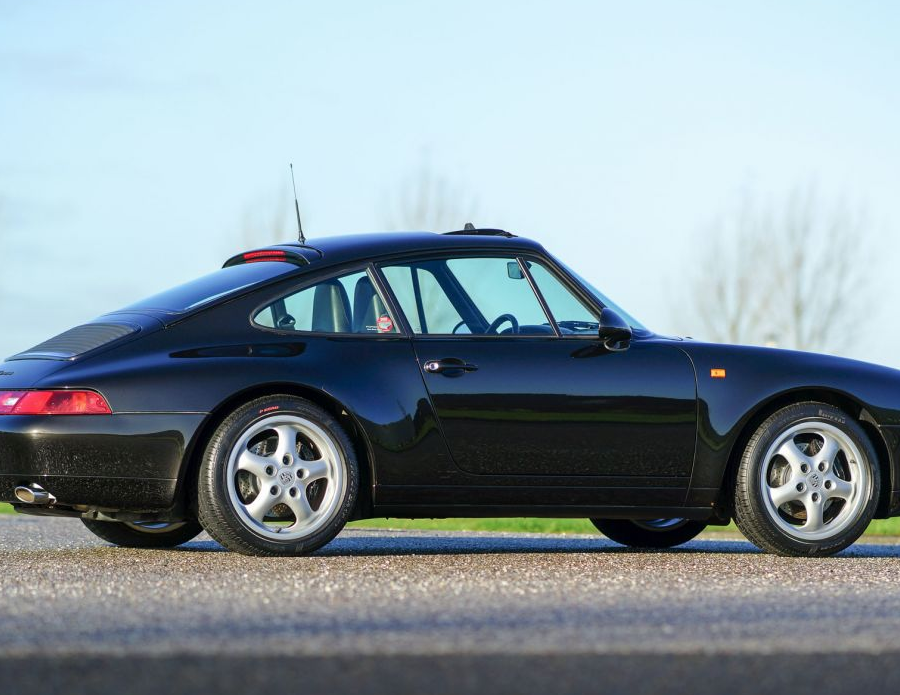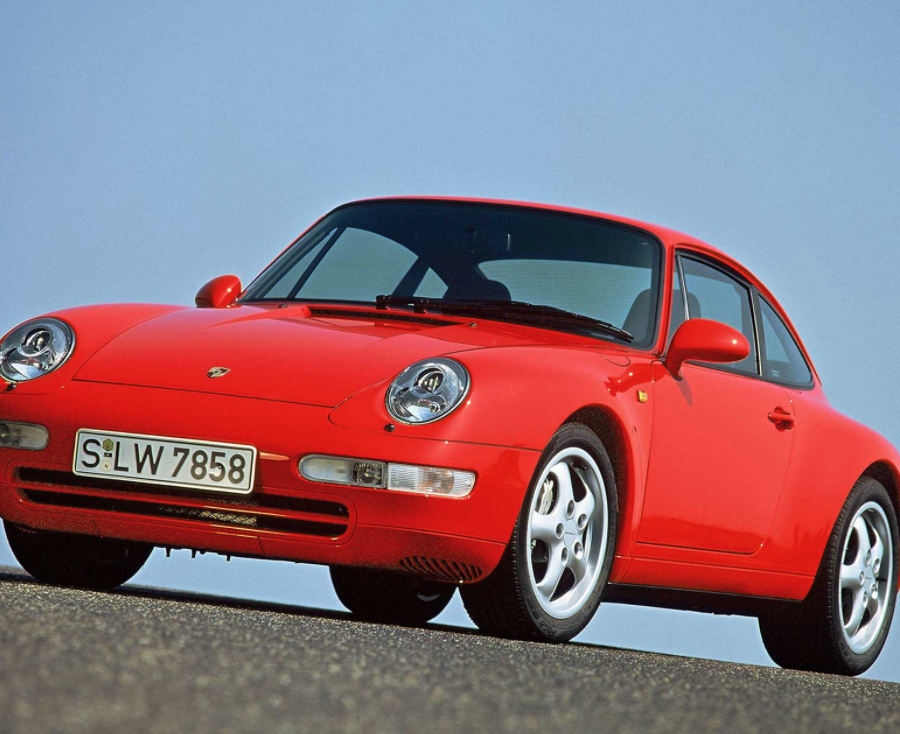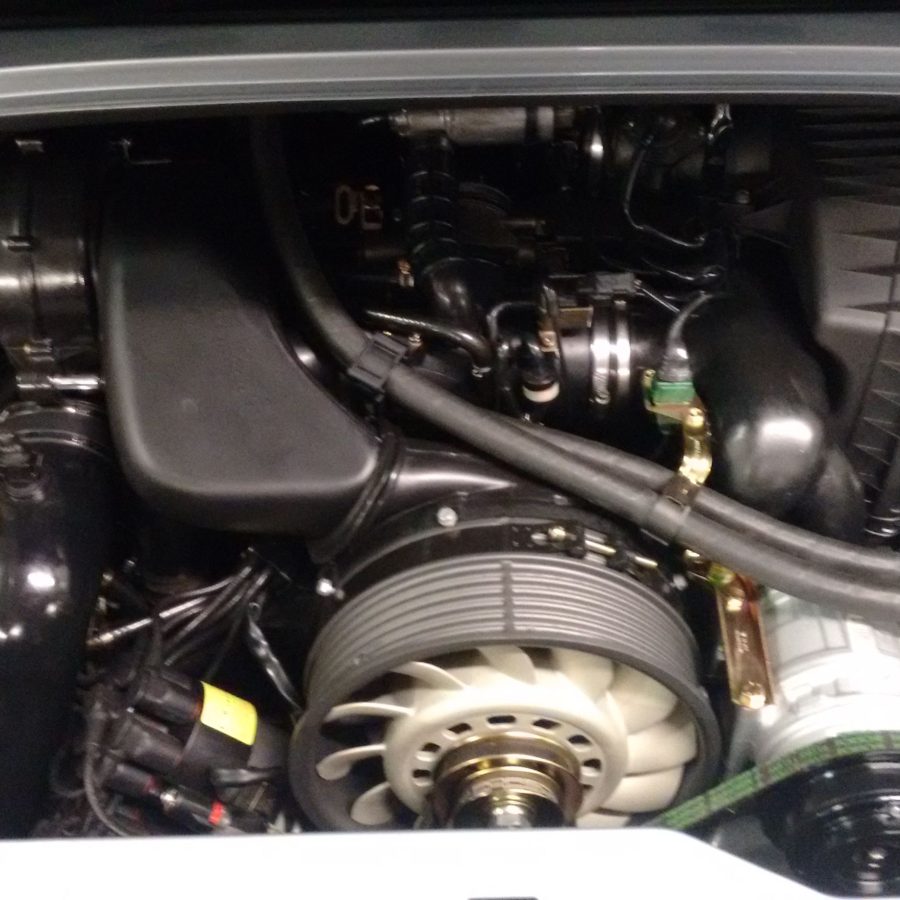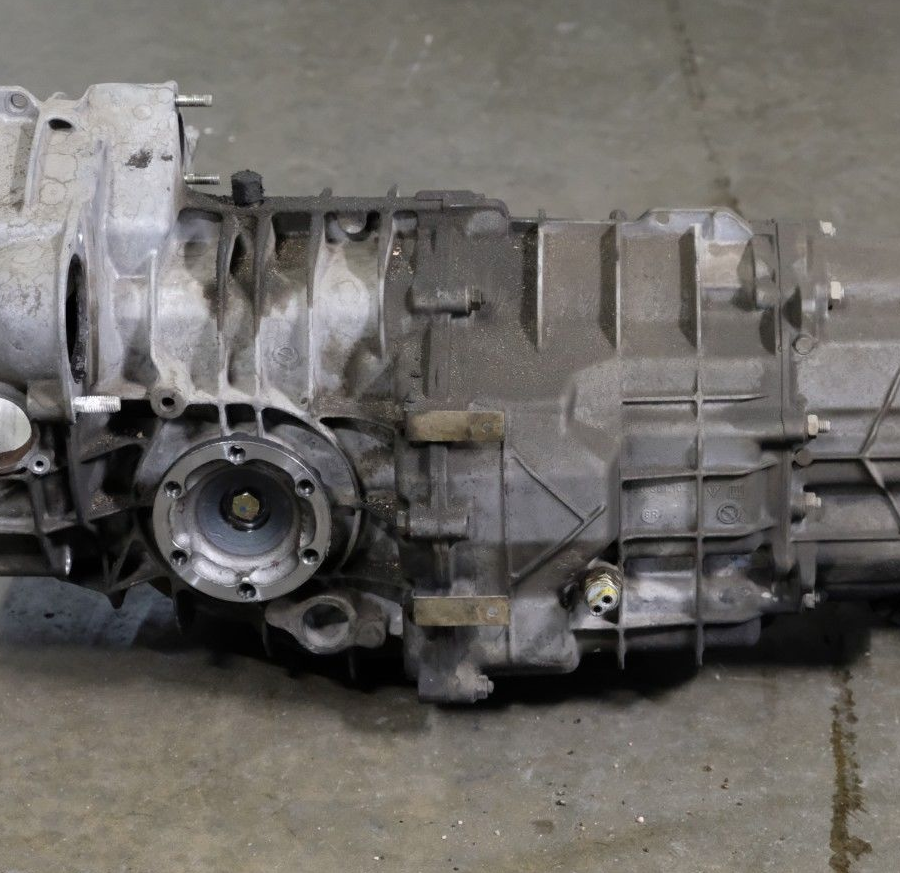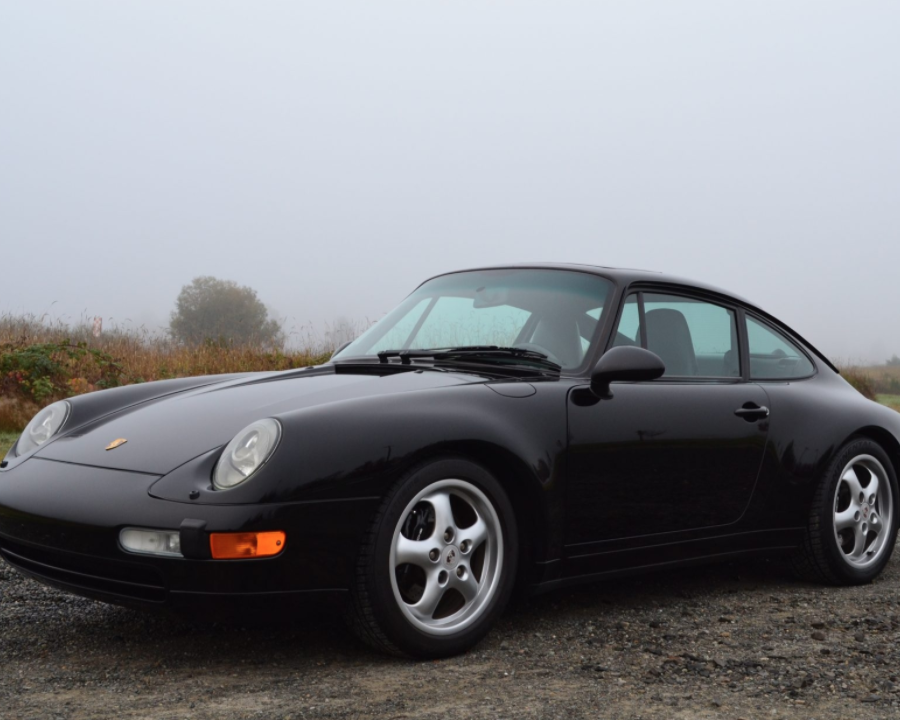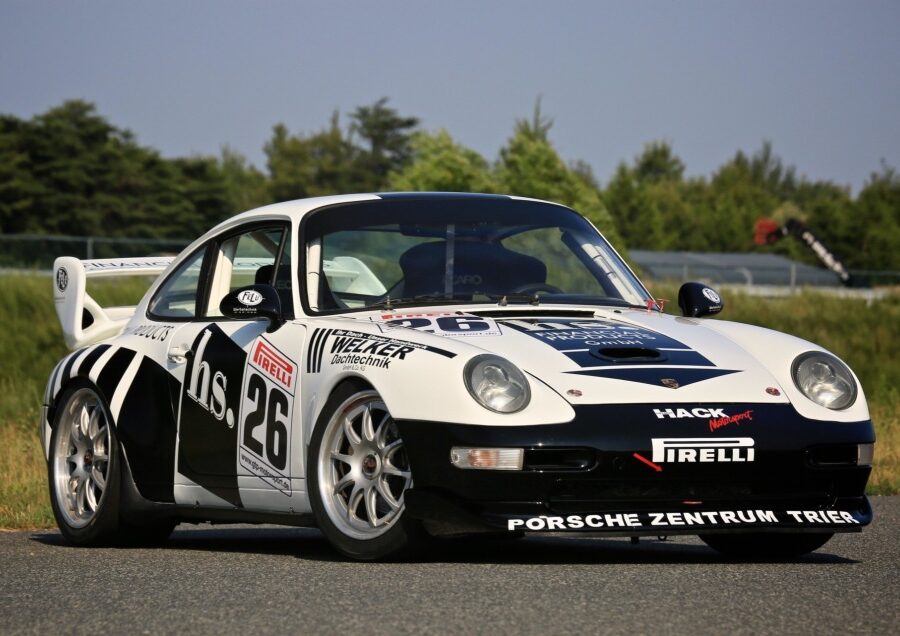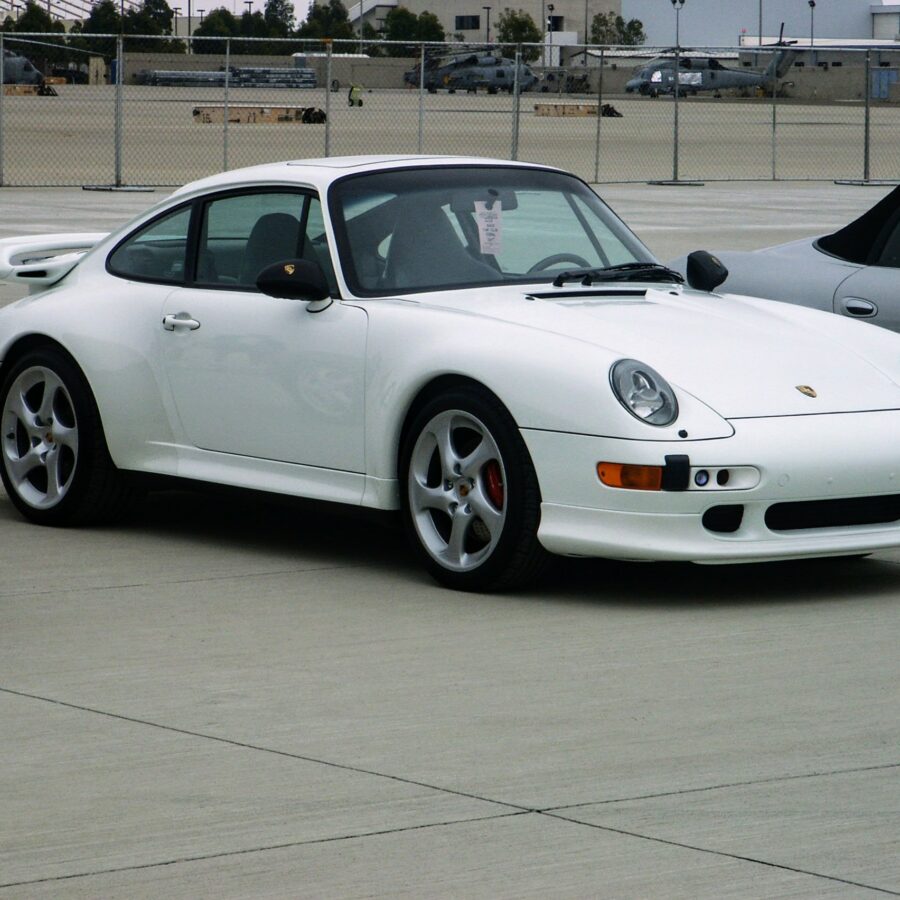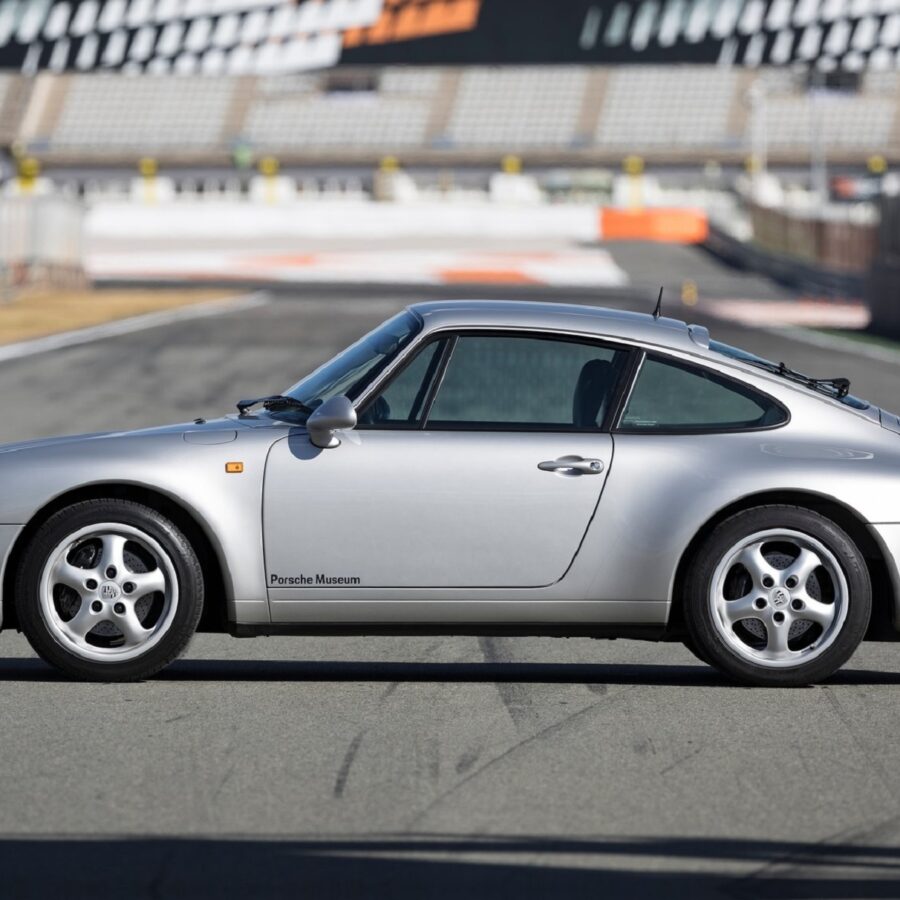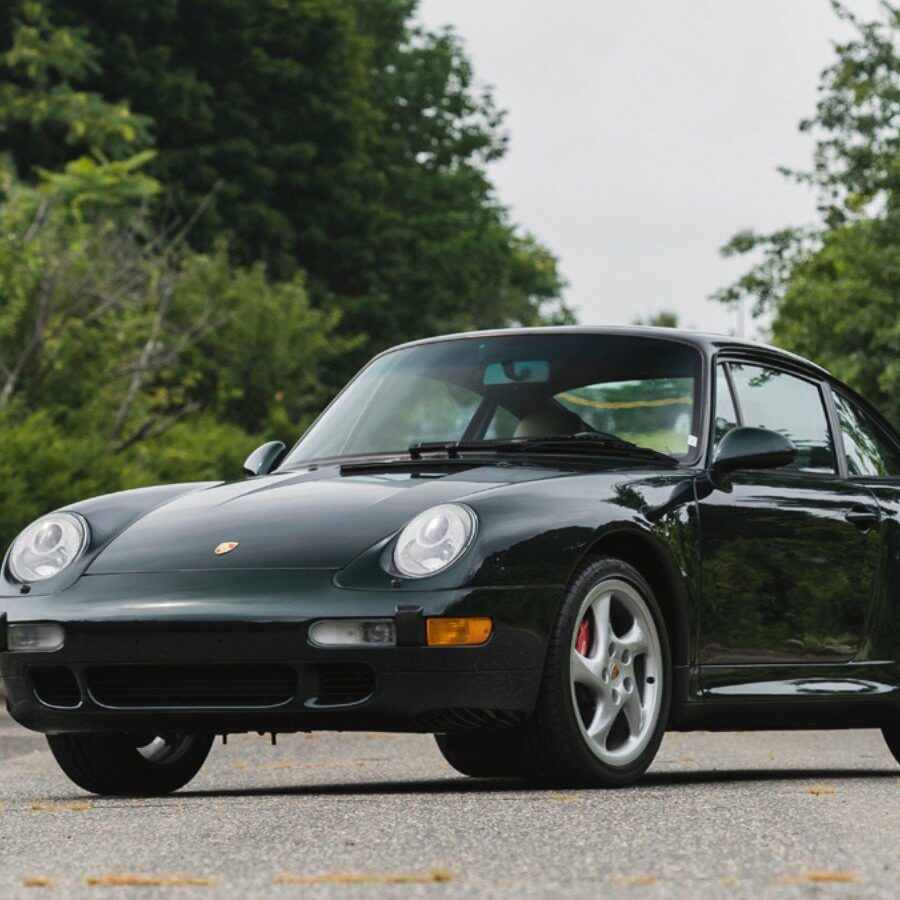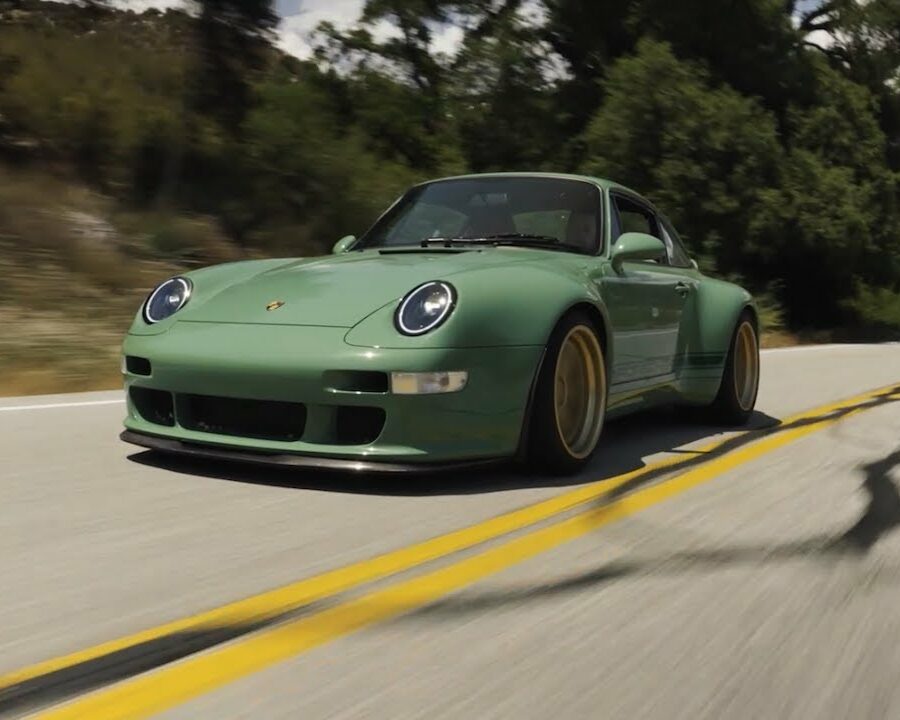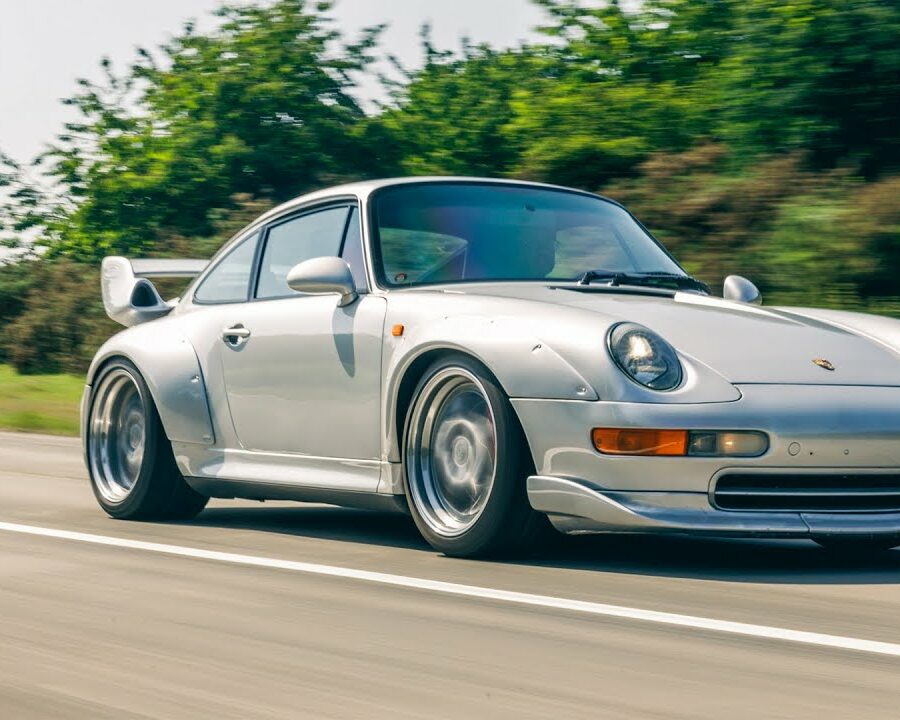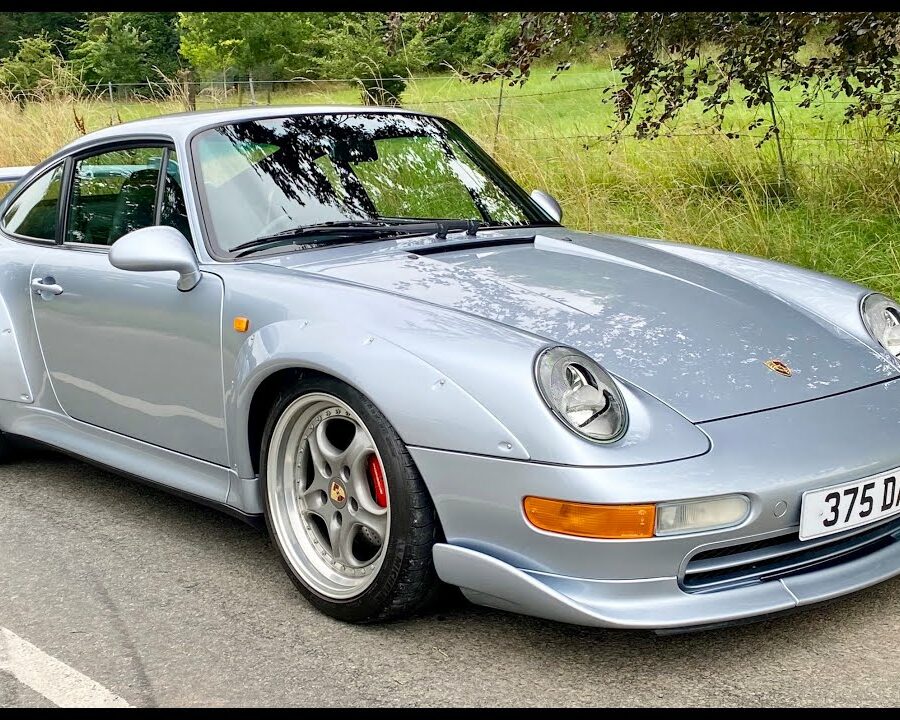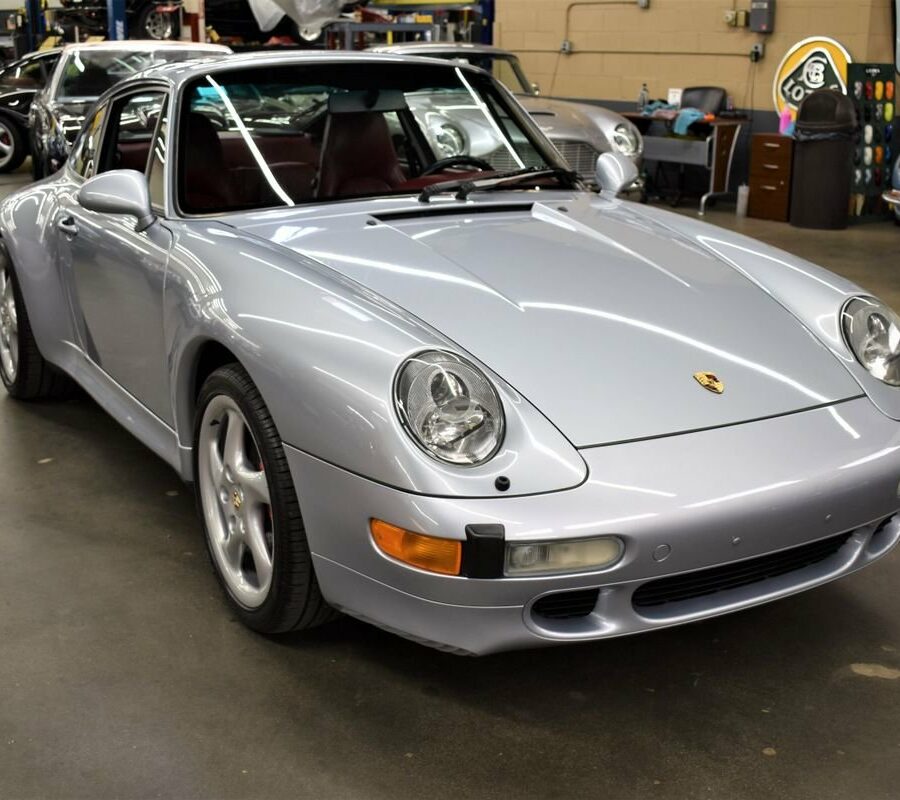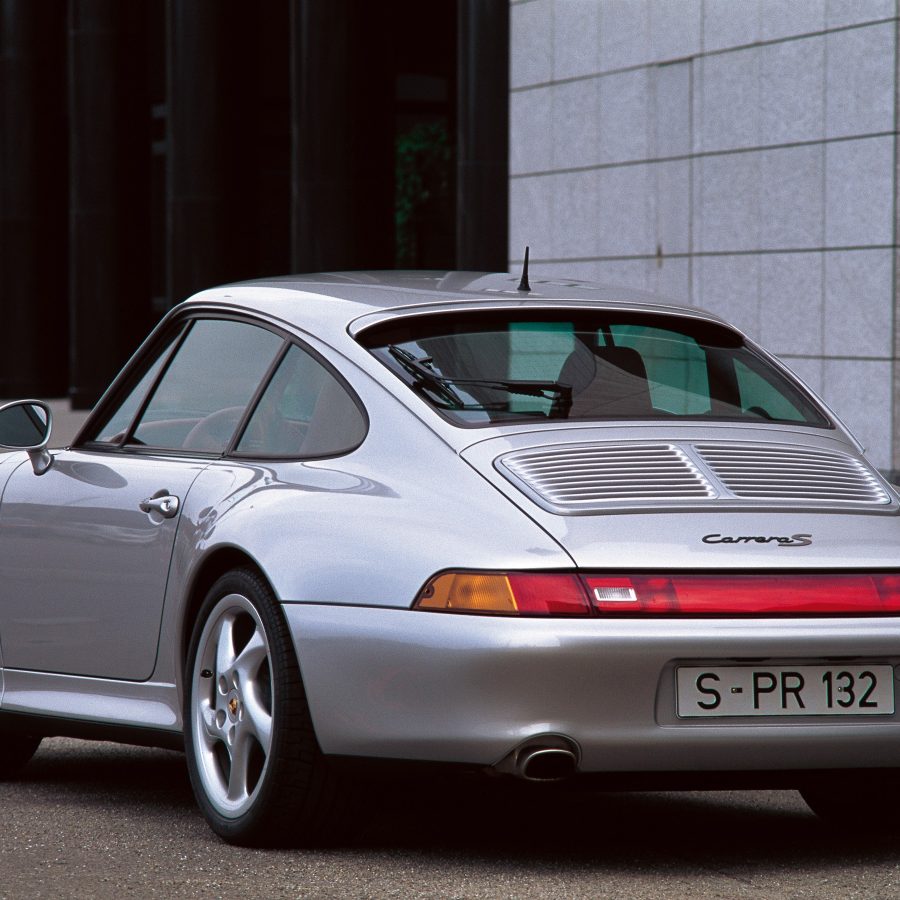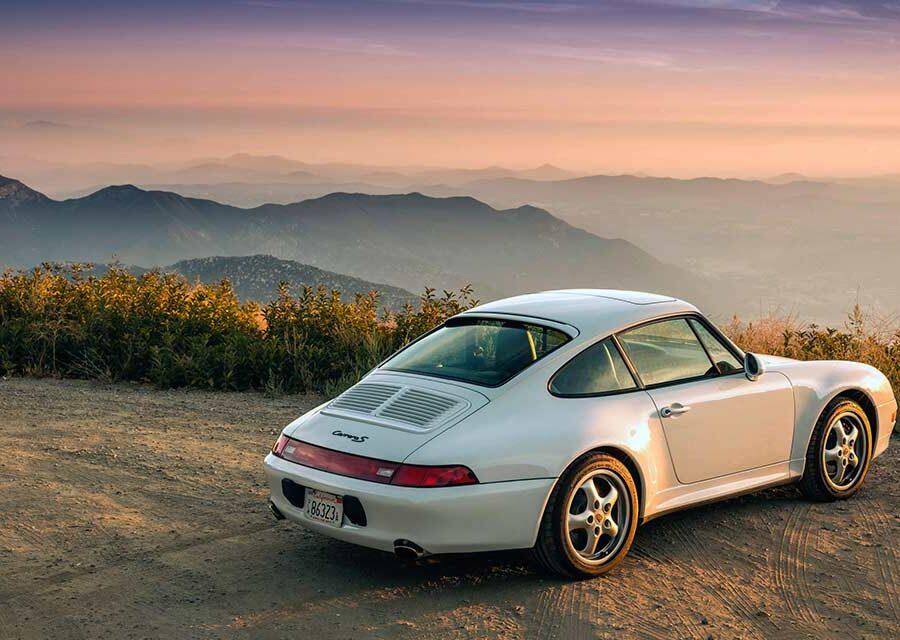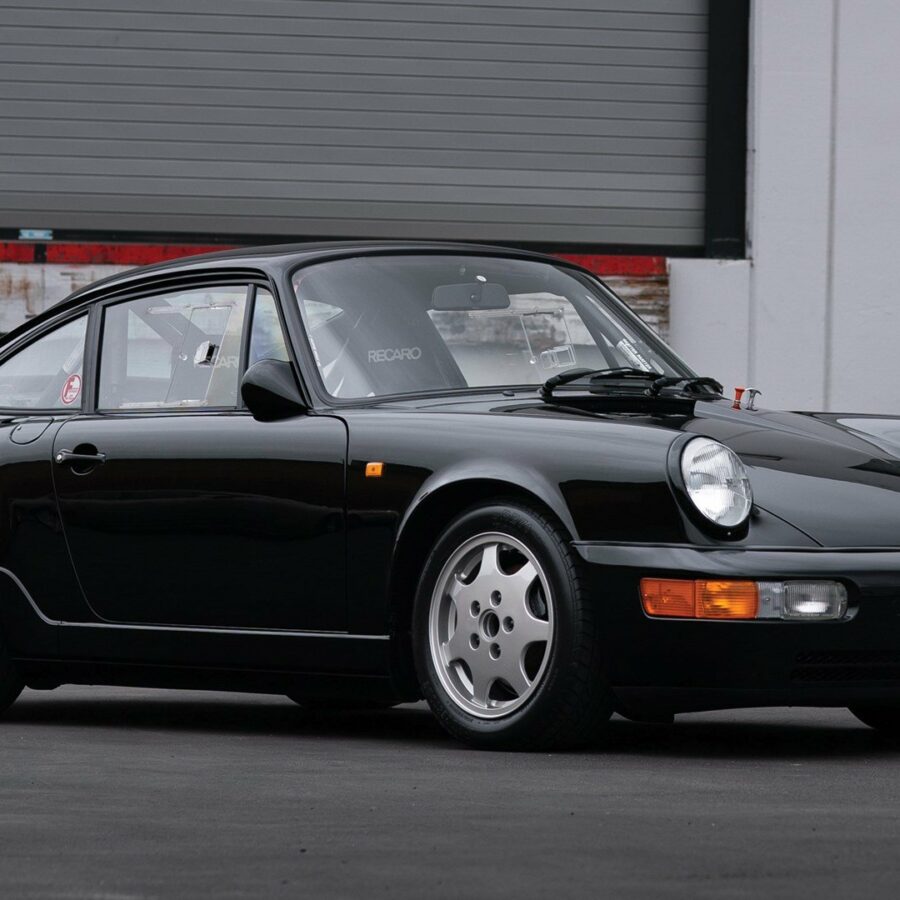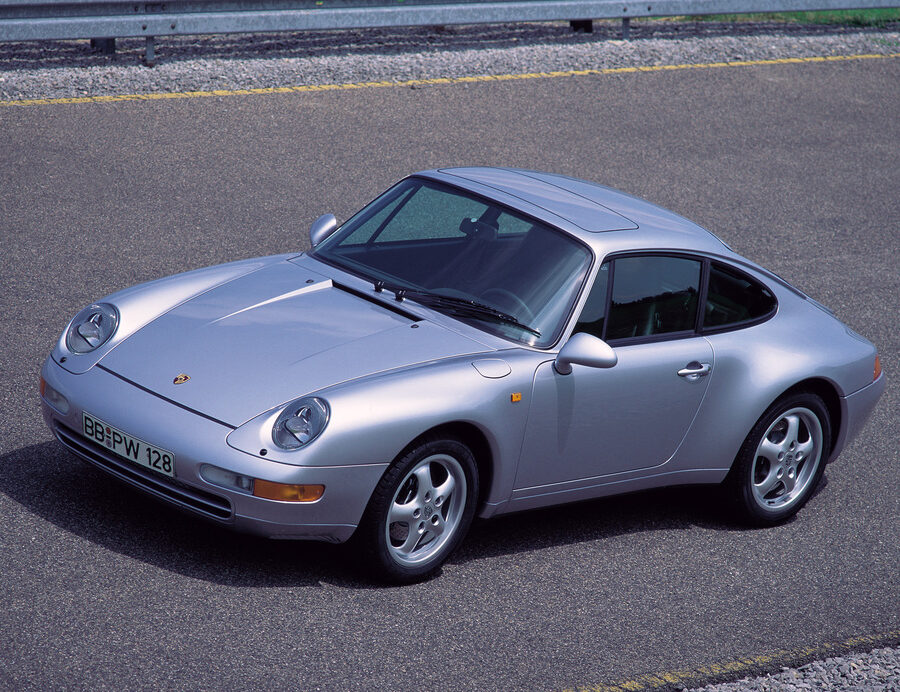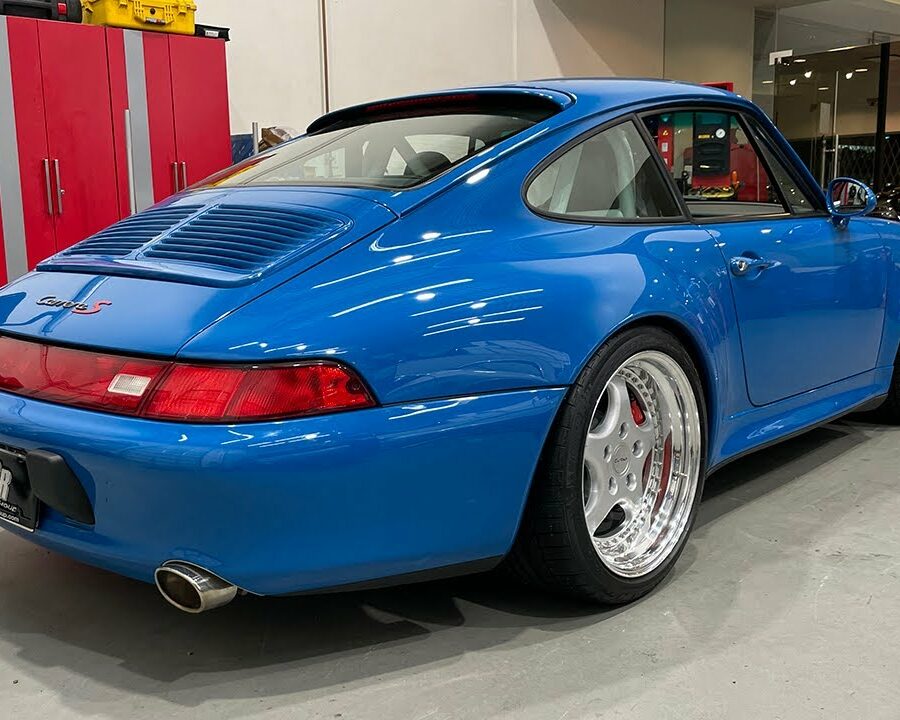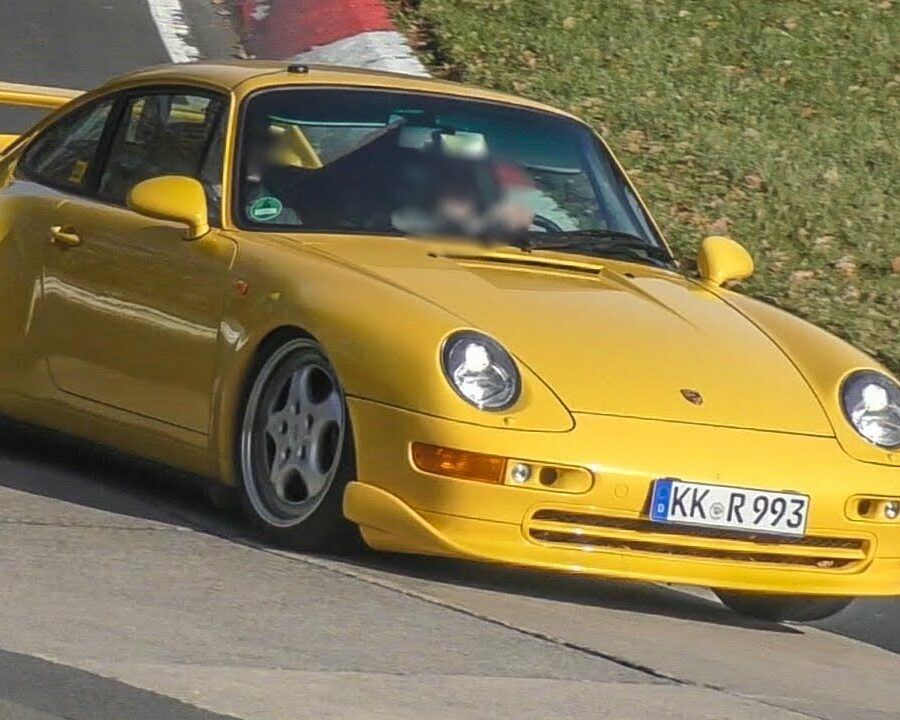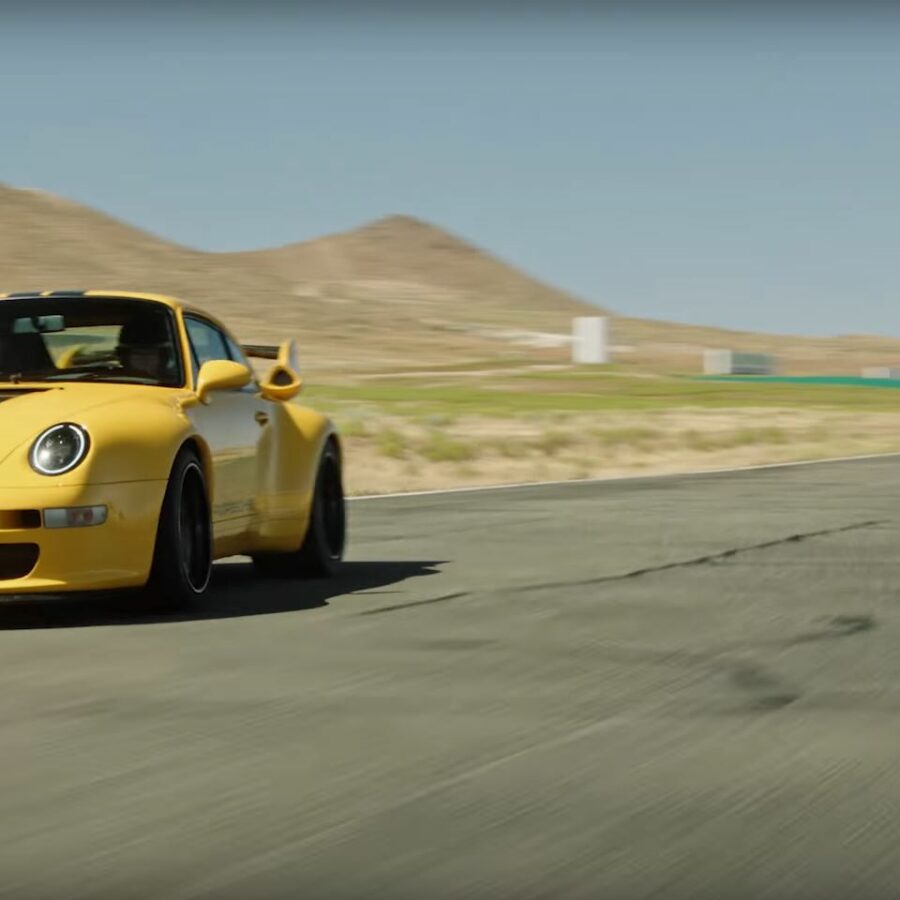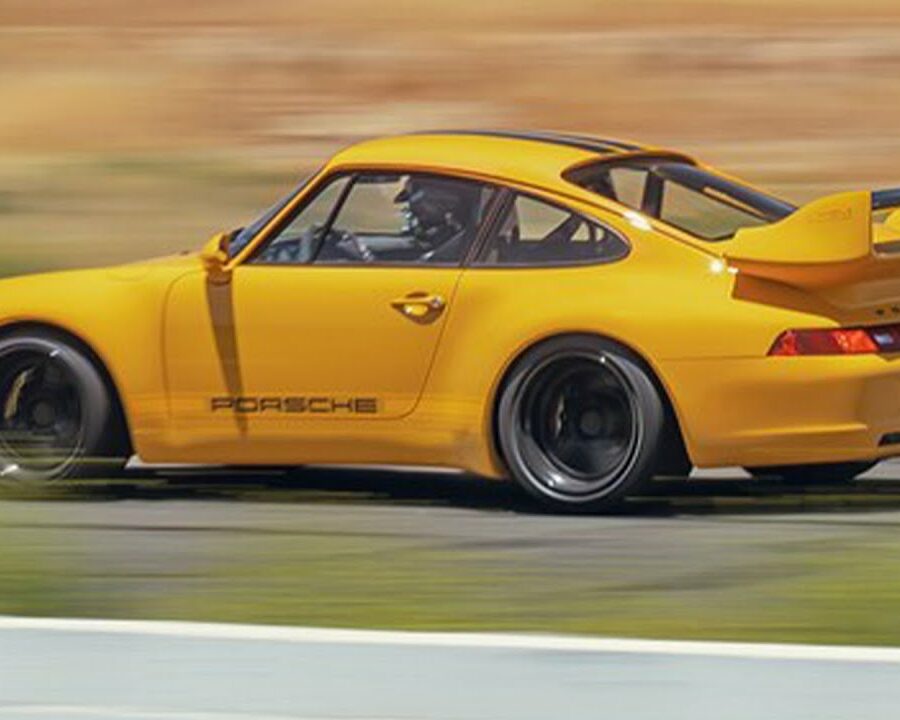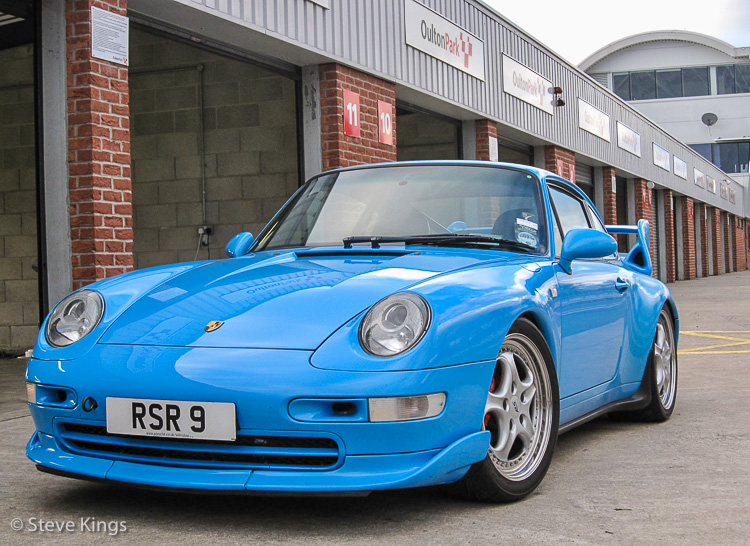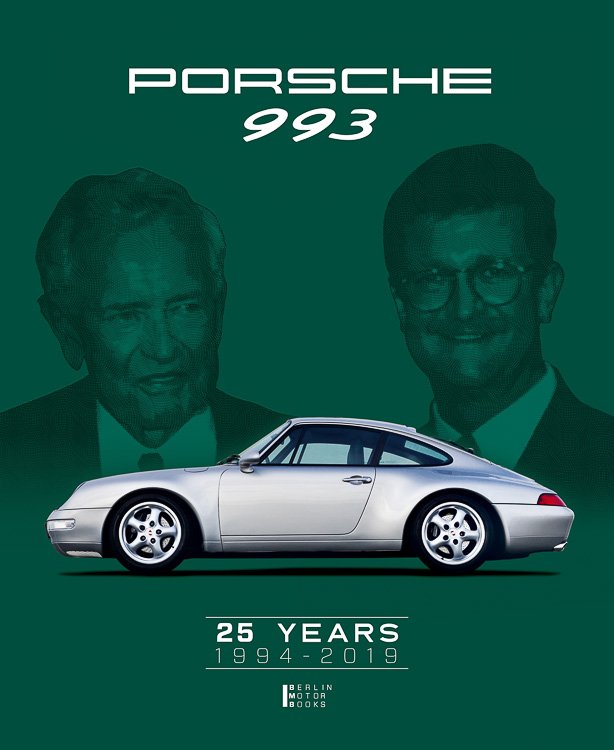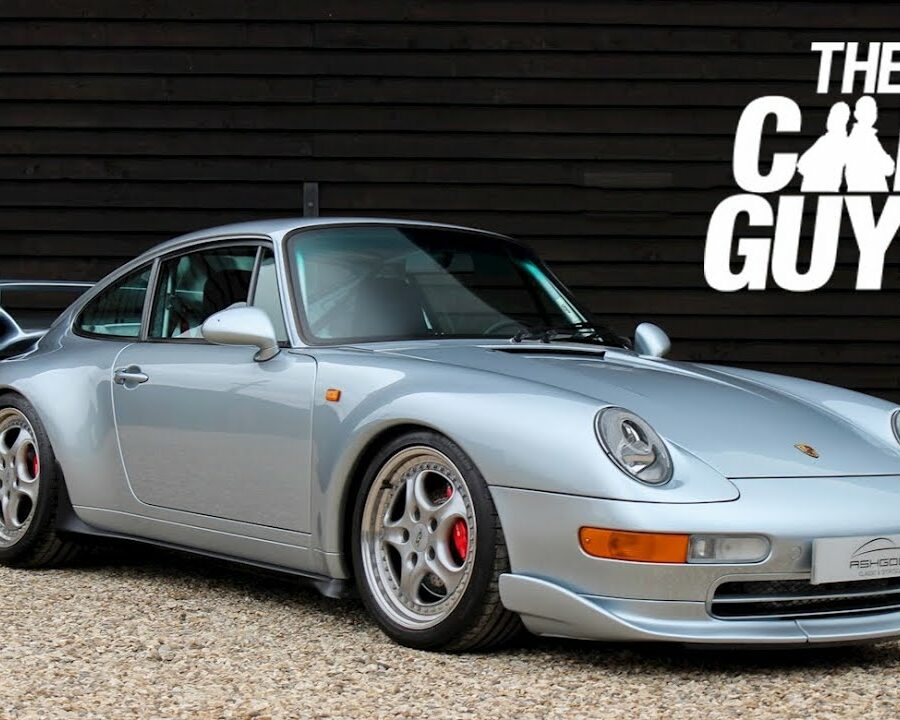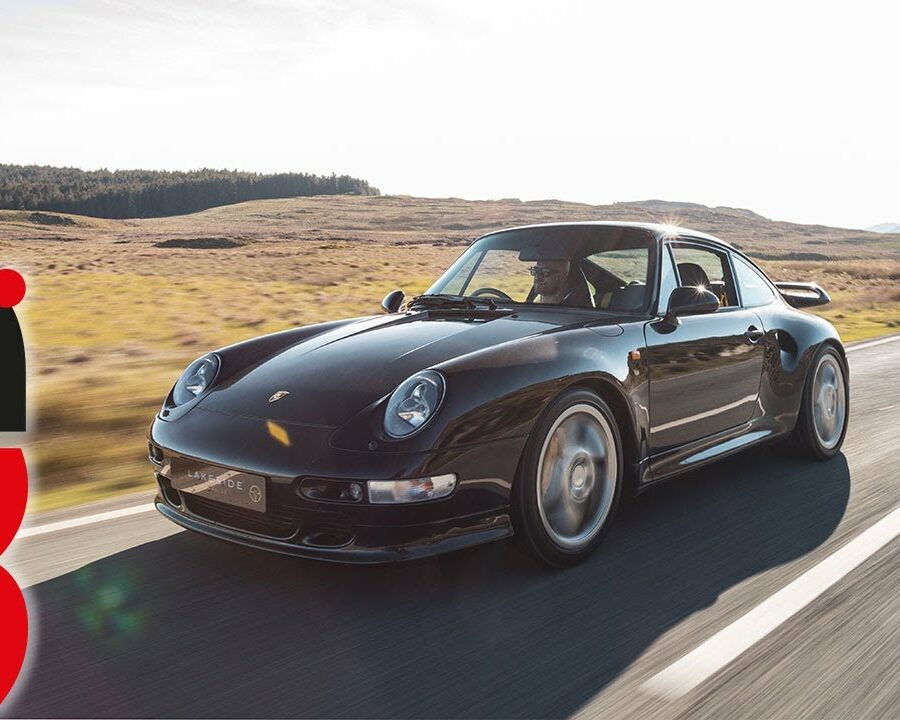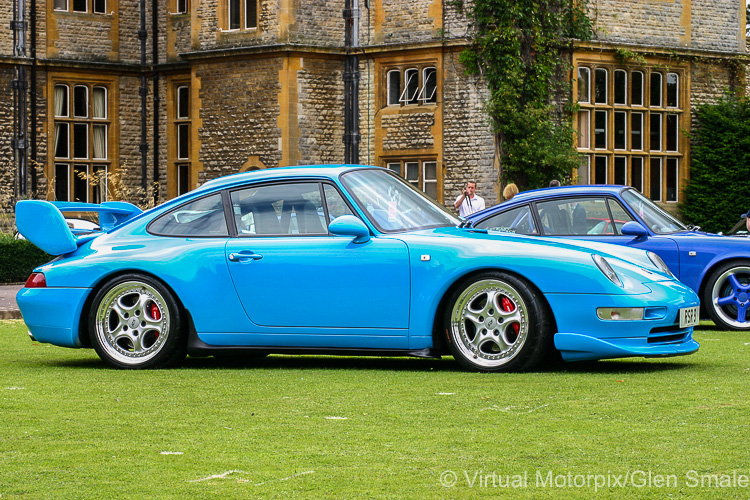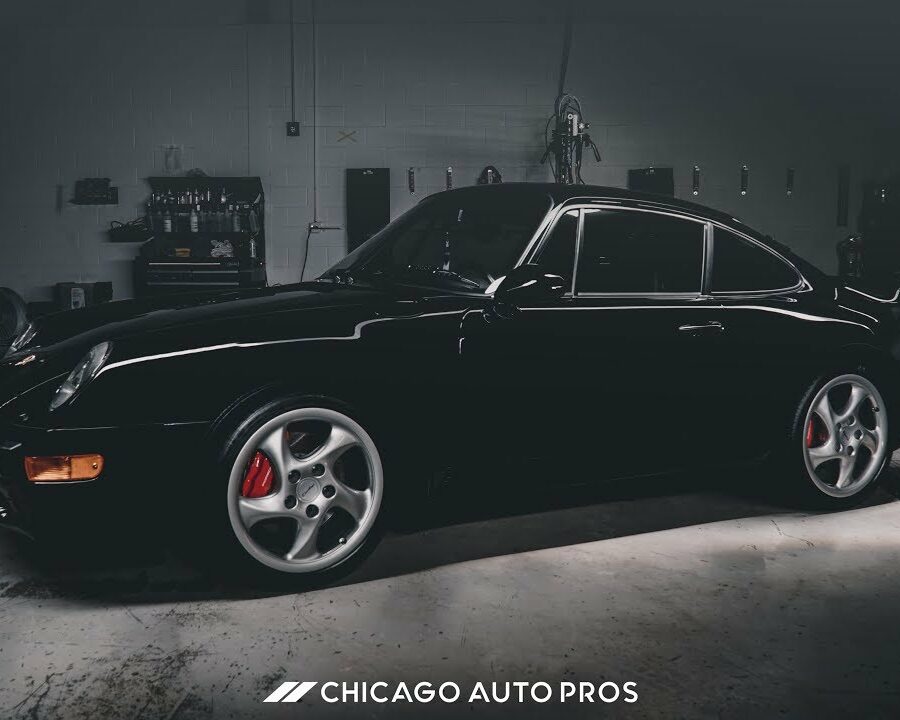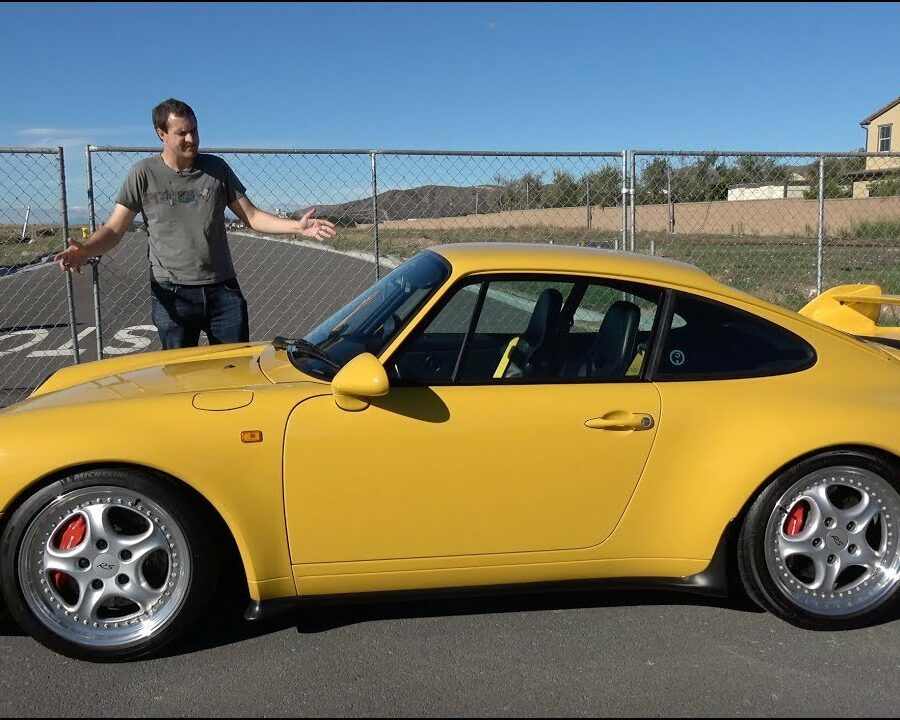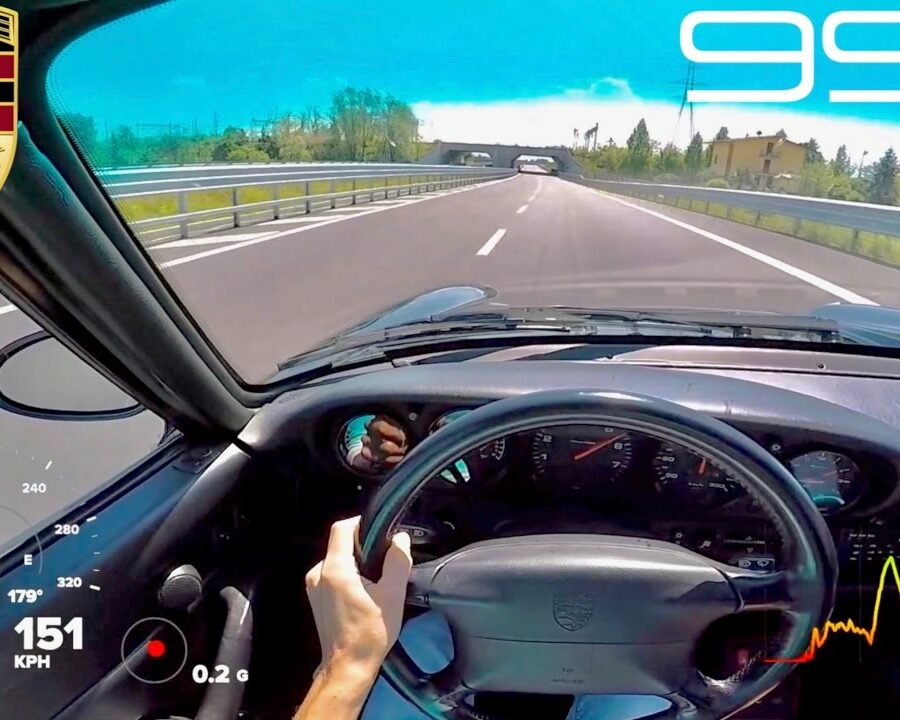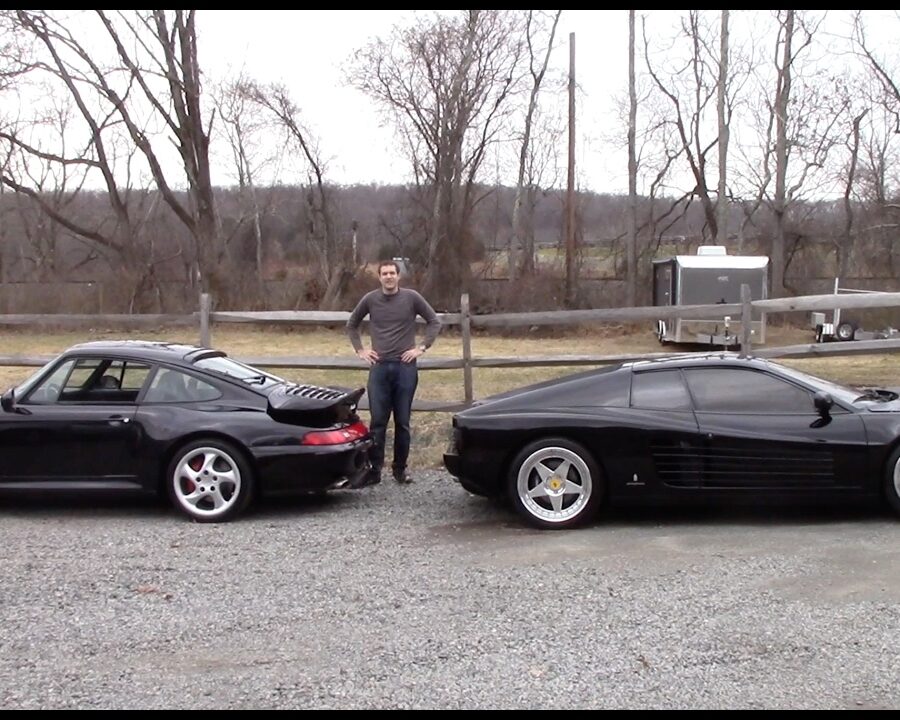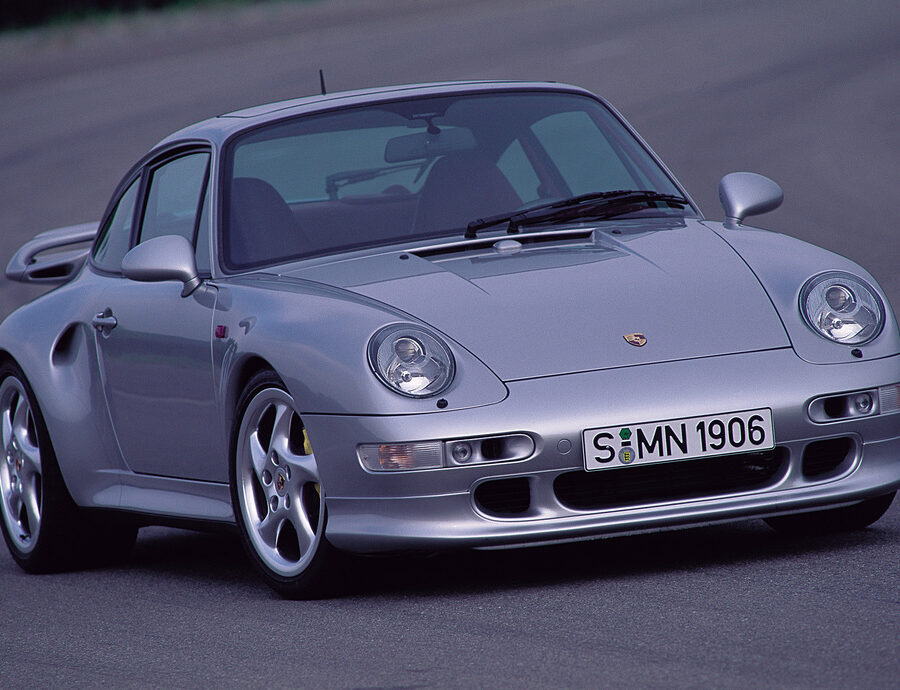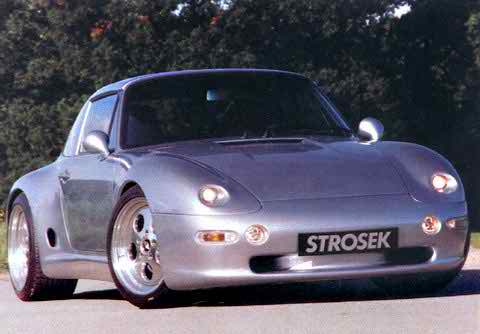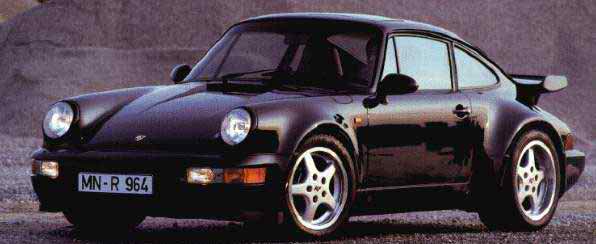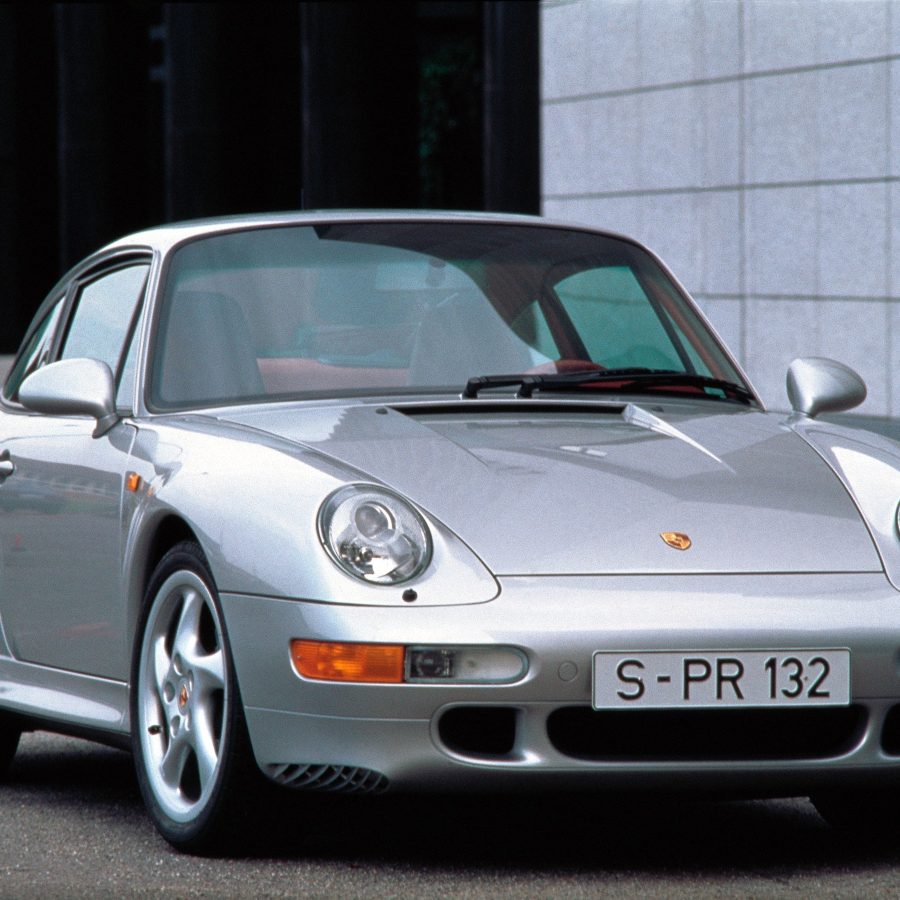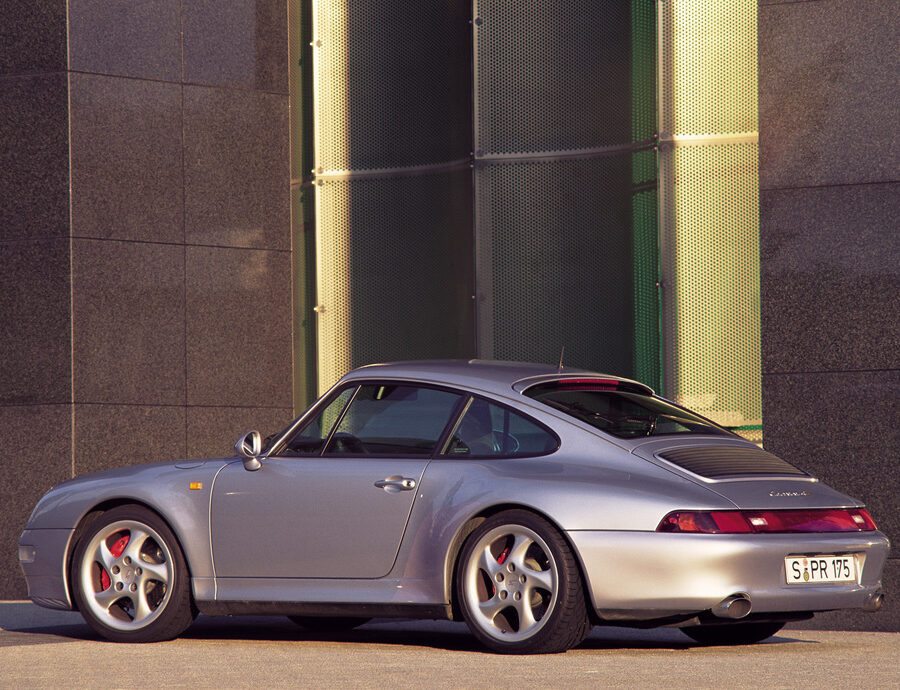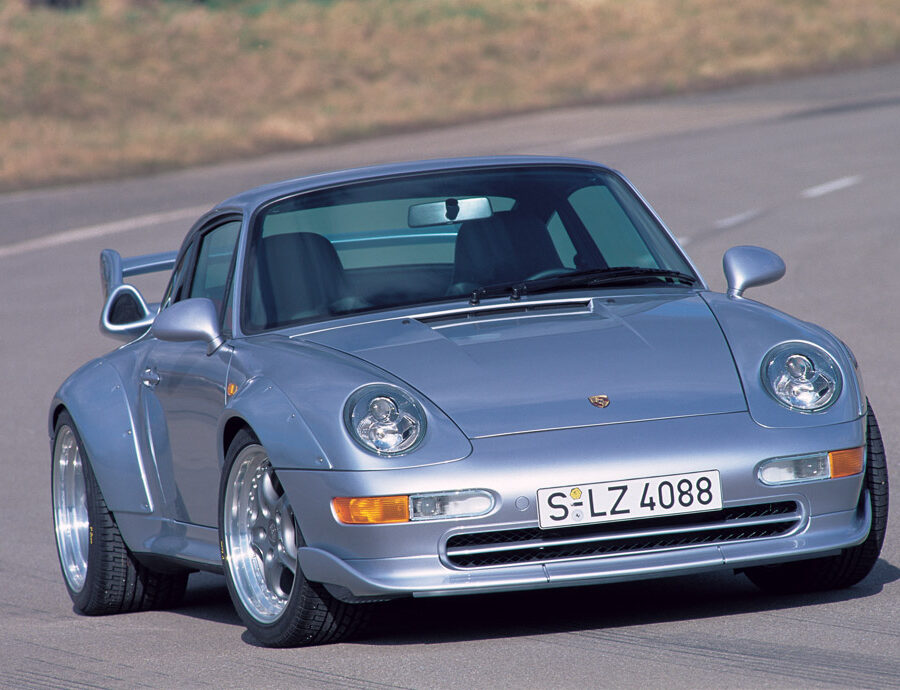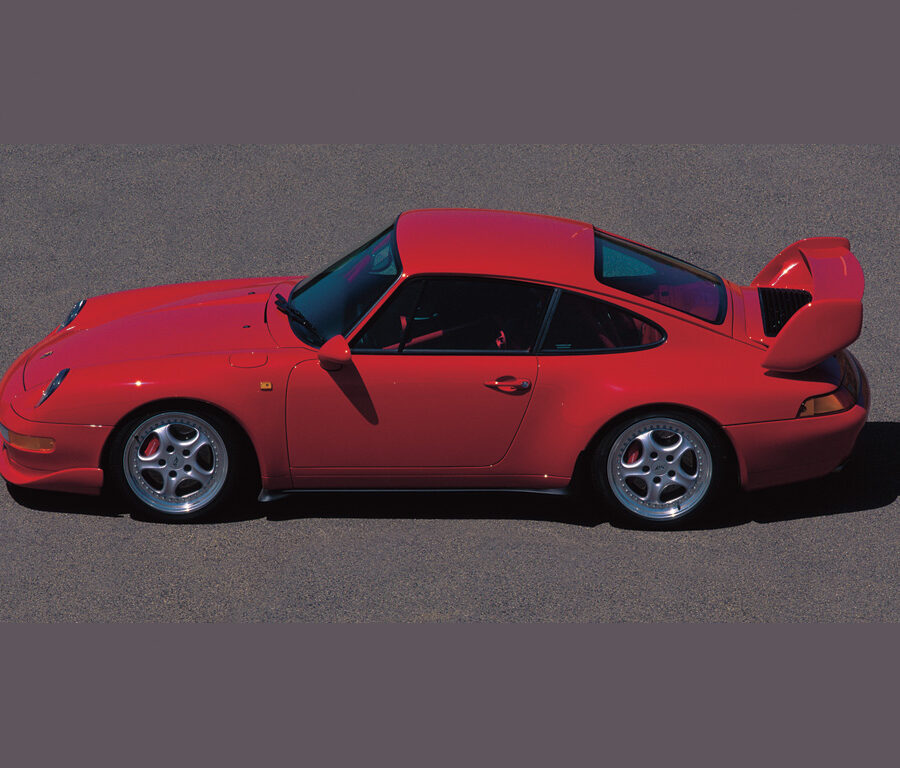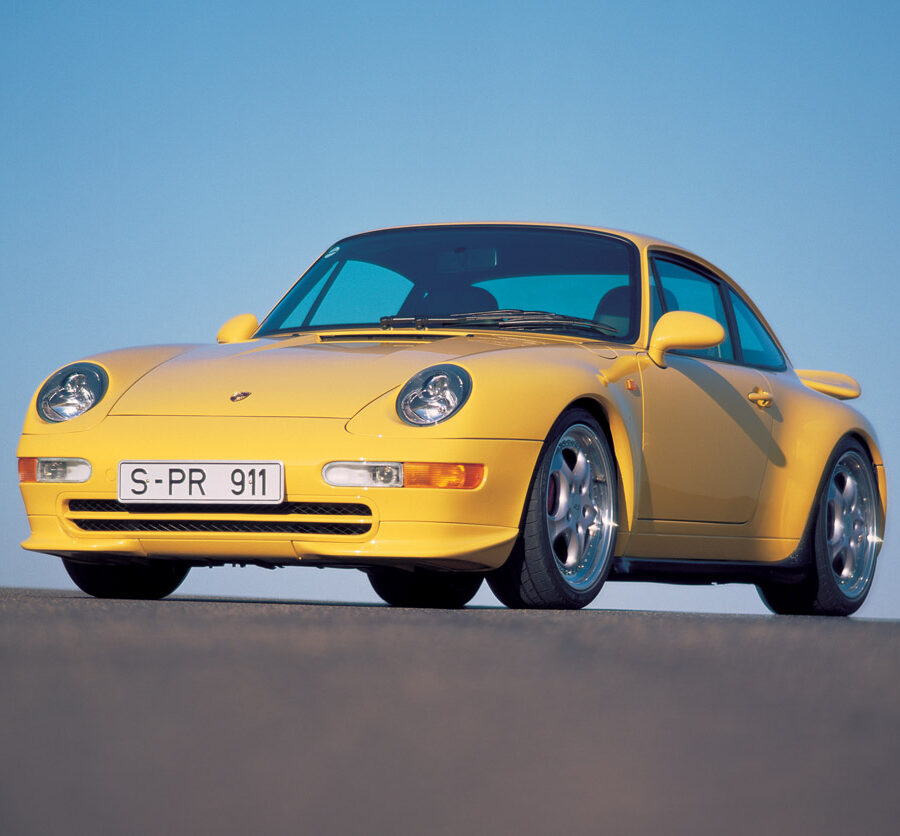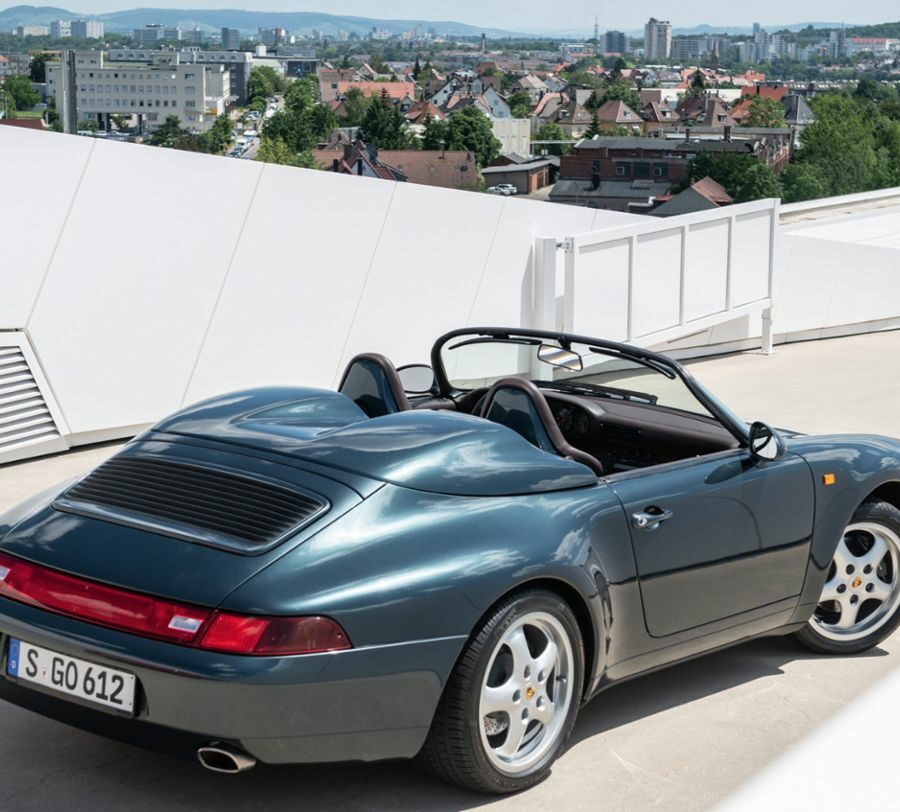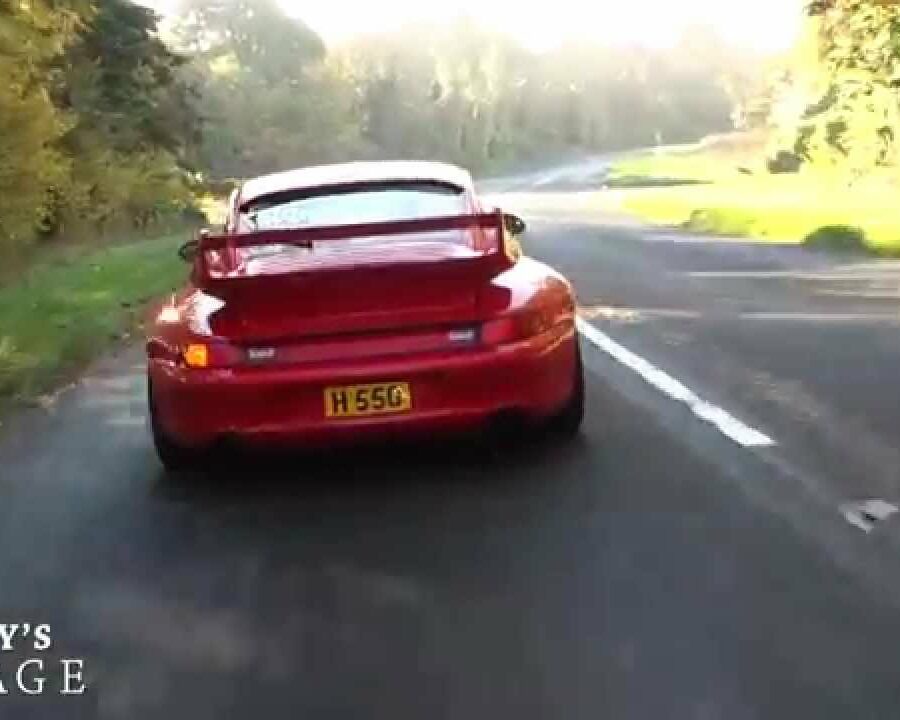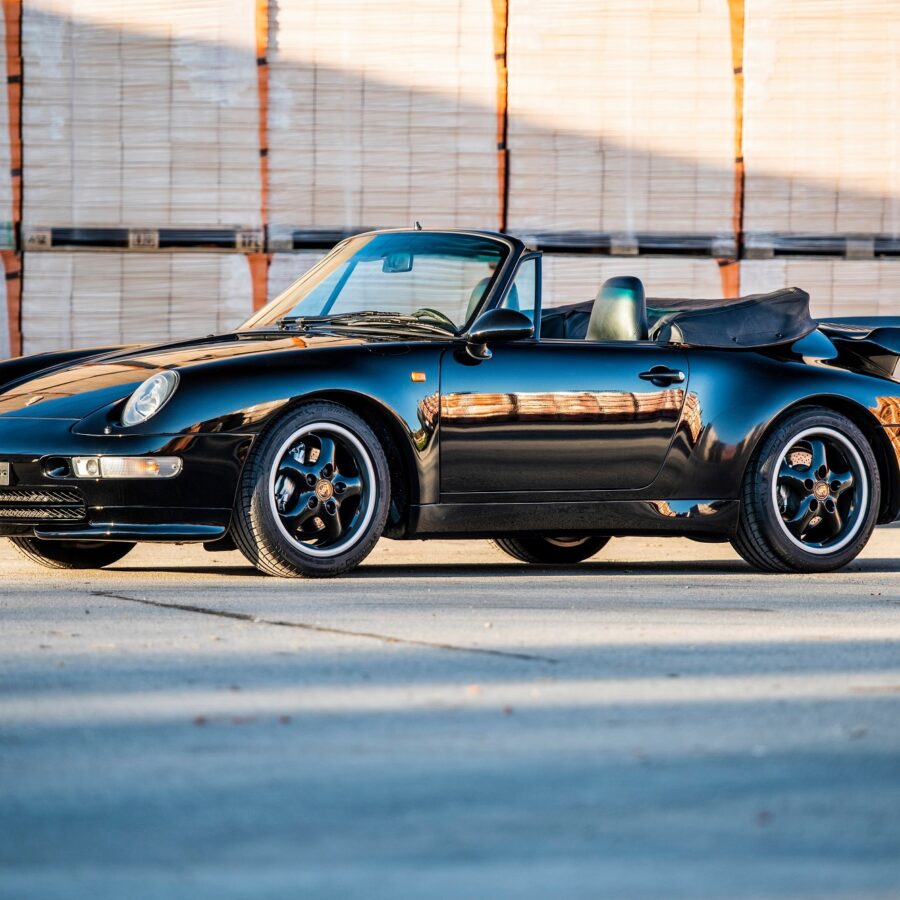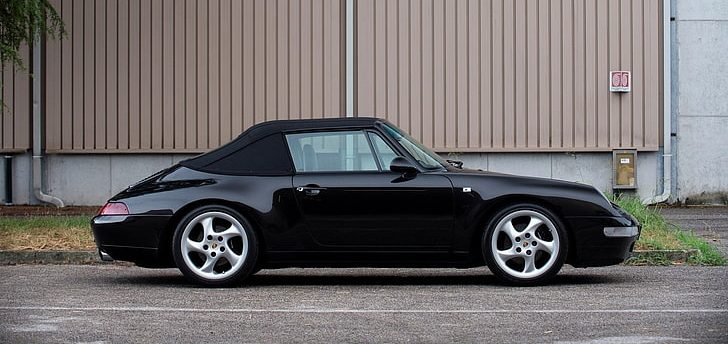Project Tornado by Gunther Werks Is One Truly Special Masterpiece
Porsche 993 ‘GT2 RS’ by Guntherwerks Is 700hp Manual Monster
Is the Porsche 993 RS Clubsport The Best Air-Cooled RS?
Ben Barry drives Porsche's own 993 Carrera RS Clubsport
An Insane Time In a 575 hp RWB Porsche 993 Turbo!
Nurburgring Thriller
Porsche 911 993 (1994 – 1998) – Service Schedule
Carrera, Carrera S, Carrera 4, Carrera 4S, Turbo
Porsche 911 993 (1994 – 1998) – Engine Torque Specs
Carrera, Carrera 4, Carrera S
Porsche 911 993 (1994 – 1998) – Paint Colors (Exterior & Interior)
Color Options and Samples
Porsche 911 (993) – The Story
The Last Air-Cooled Porsche
Porsche 911 993 (MY1994 – 1998) – Sales Brochures
Sales Catalogs for the Type 993 Porsche 911
Porsche 911 993 (MY1994 – 1998) – Part Catalog
Spare Parts Catalog (Porsche PET) for the Type 993 Porsche 911
Porsche 911 (MY 1998) – Equipment & Options Codes
Full list of Equipment & Option Codes Decoder for the 1998 Porsche 911
Porsche 911 (MY 1997) – Equipment & Options Codes
Full list of Equipment & Option Codes Decoder for the 1997 Porsche 911
Porsche 911 (MY 1996) – Equipment & Options Codes
Full list of Equipment & Option Codes Decoder for the 1996 Porsche 911
Porsche 911 (MY 1995) – Equipment & Options Codes
Full list of Equipment & Option Codes Decoder for the 1995 Porsche 911
Porsche 911 (MY 1994) (Type 993) – Equipment & Options Codes
Full list of Equipment & Option Codes Decoder for the 1994 Porsche 911
Porsche 911 Turbo (993) (1995 – 1998)
The Turbo is the most accomplished air cooled 911 Turbo of them all. This was the first all-wheel-drive 911 Turbo and the last of the aircooled 911s.
Porsche 911 GT2 Evo (993) (1996 – 1998)
To make its 993 GT2 even more radical, Porsche reduced its weight to 1,100 kg and fitted it with a larger turbo-charger
Porsche 911 Carrera S (993) (1997 – 1998)
The Carrera S took the same mechanicals of the 993 Carrera and put them in the wide body of the Turbo.
Porsche 911 Targa (993) (1996 – 1998)
In 1996 Porsche expanded their 911 range by offering a new take on the classic Targa.
Porsche 911 Carrera 4S (993) (1996 – 1998)
In 1995 Porsche introduced the larger Turbo bodywork on the Carrera 4 and called it the Carrera 4S.
Porsche 911 GT2 Clubsport (993) (1995 – 1996)
The ultimate air-cooled 911. Only 20 units ever made.
Porsche 911 GT2 (993) (1995 – 1998)
Built to meet homologation requirements for the GT2 class racing
Porsche 911 Carrera RS 3.8 Clubsport (993) (1995 – 1996)
The last air cooled 911 to get RS initials
Porsche 911 Carrera RS 3.8 (993) (1995 – 1996)
The RS 3.8 is the ultimate lightweight special edition 911 of the 993 generation
Porsche 911 Speedster (993) (1995)
Only two 993 Speedsters were ever made
Porsche 911 Turbo Cabriolet (993) (1995)
To the average Porsche customer and enthusiast, the 993 Turbo Cabriolet technically never existed
Porsche 911 Carrera 4 Cabriolet (993) (1995 – 1997)
Porsche heavily revised their four-wheel drive system to distribute power to the front and rear wheels.



